Digital Mudra: Biorhythm Correlations (Heat), 1987. Photographic print, Plexiglas frame, print on acetate, and labels, approximately 10W x 8H x 1.5D inches.
Digital Mudra (1986-1989) is an interactive installation and computer artwork that explored the “cross-cultural correlations of hand gestures and their transcultural meanings.”
Digital Mudra grew from photographs Rapoport took of participants’ hands during the Biorhythm interactive installation at Works Gallery in San José in 1983.
As was her habit, the data Rapoport gathered for one project became the jumping off point for the next when she started trying to categorize participants’ gestures. She experimented with using American Sign Language, but discovered that the South Indian mudra gesture language used in Kathakali dance was a better fit. Each of these gestures correlates to a specific word/meaning in the context of this classical sacred tradition.
Sonya Rapoport with Digital Mudra, from Contra Costa Times, 1988
A Hand Book, 1986. Plastic gloves, hospital wristbands, cellophane, photocopy on paper, key ring. 24 pages, ~14W x 12H x 2.5D inches.
The mudras made their first appearance as part of the Biorhythm project, in A Hand Book (1986), an unusual artist book where each of the 24 pages is a plastic glove containing photographs and handwritten survey forms from the Biorhythm performance, as well as a thumbprint and correlated mudra gesture.
Exhibited at KALA Art Institute in Berkeley in 1987, and Hearst Art Gallery at Saint Mary’s College in Moraga, CA, in 1988, the Digital Mudra interactive performance welcomed viewers with a video, Mudra in a Western Context, featuring esteemed, Berkeley-based kathakali dancer K.P. Kunhiraman’s (1931-2014) interpretations of mudra poems by Rapoport’s artistic peers, and a slideshow of mudra gestures correlated with comics and photographs clipped from from The New York Times.
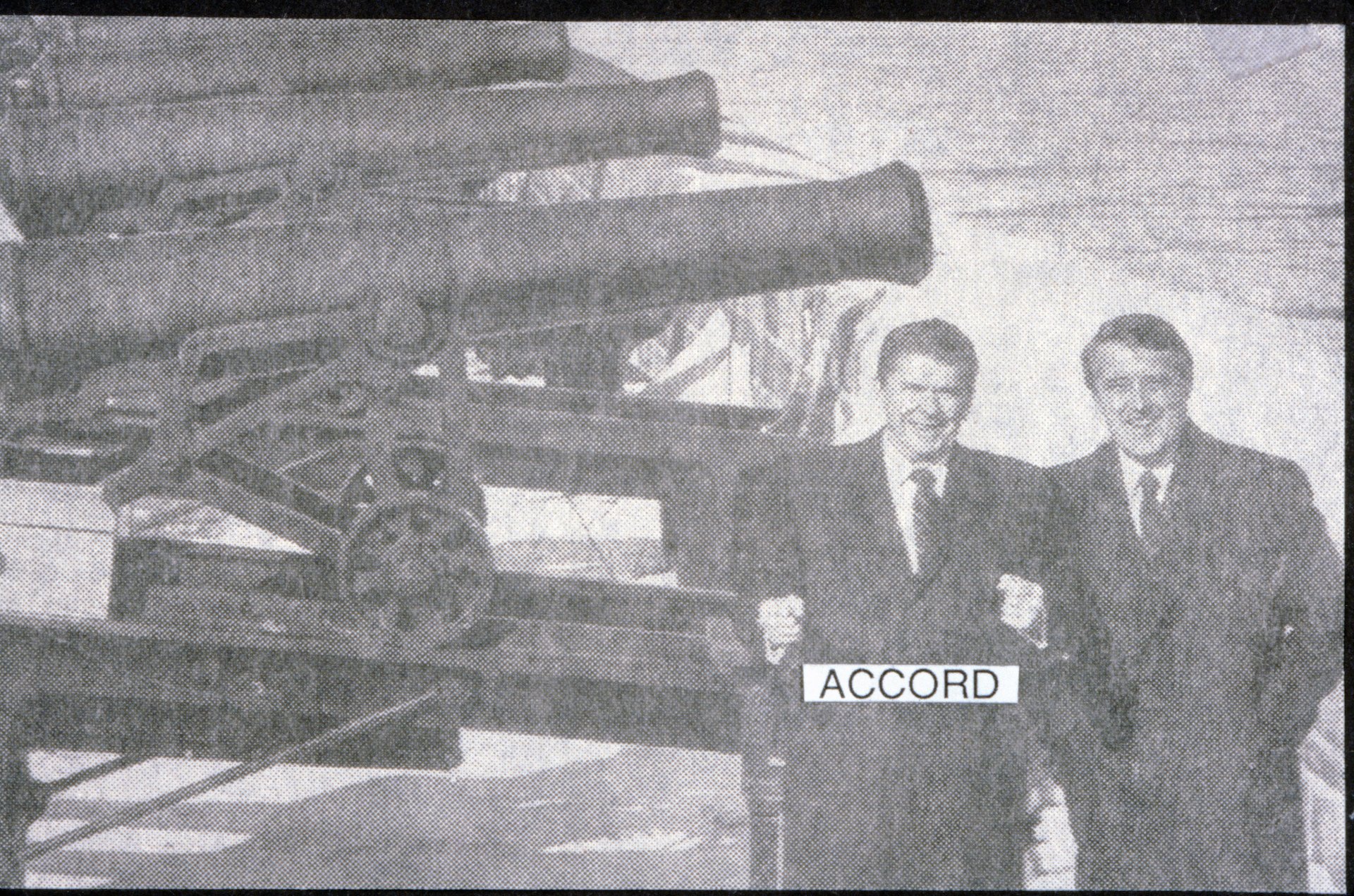

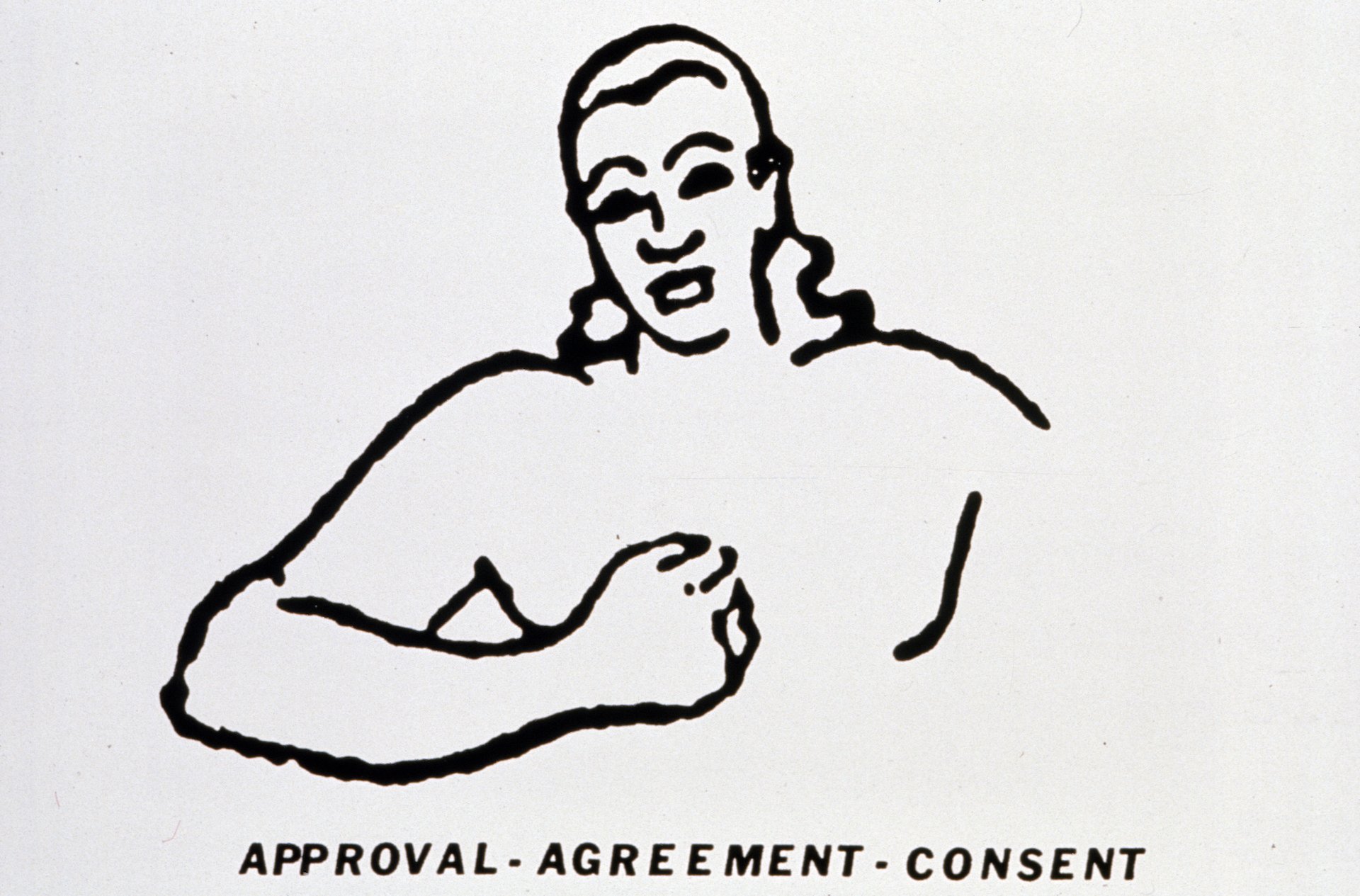
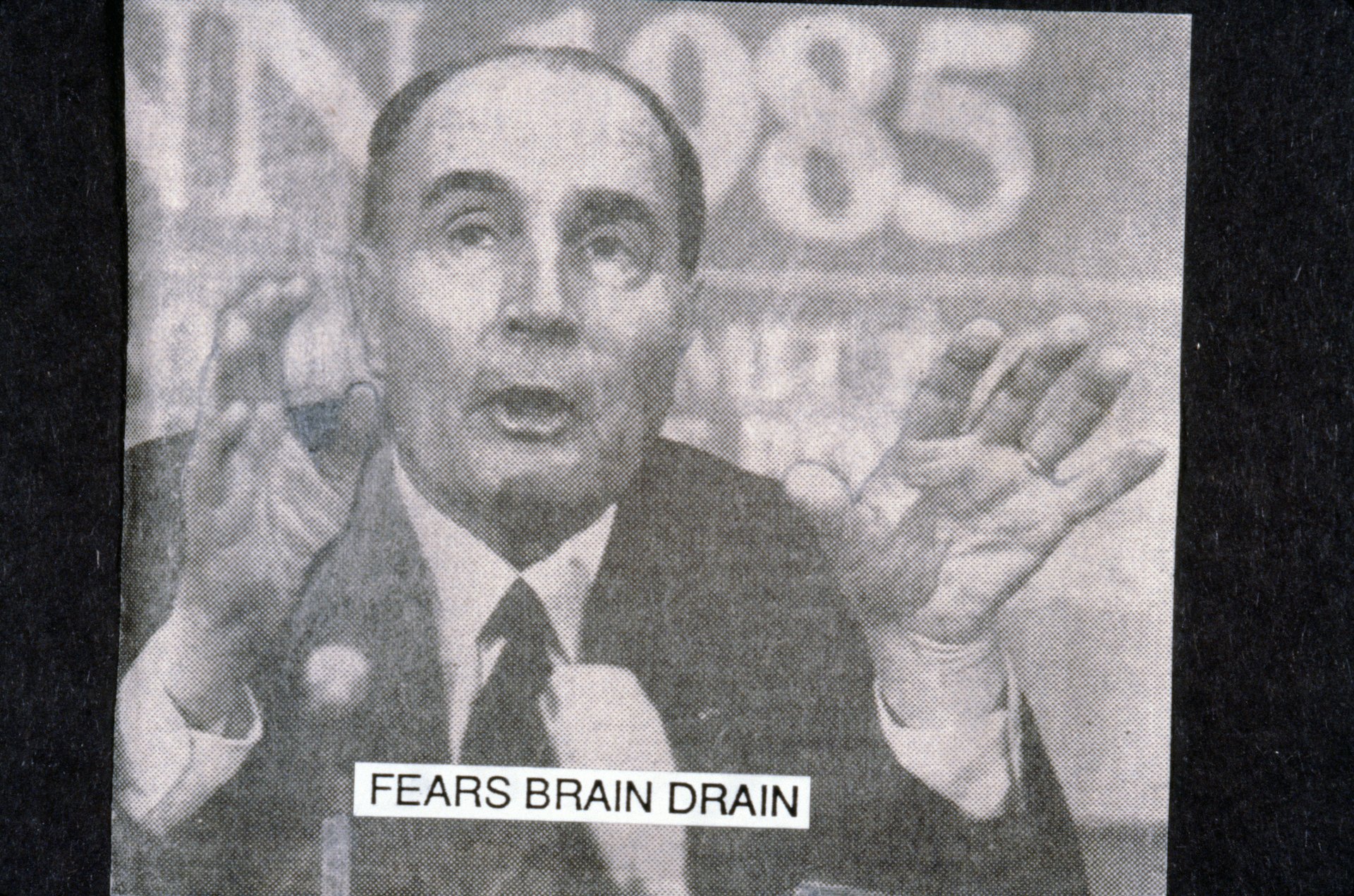
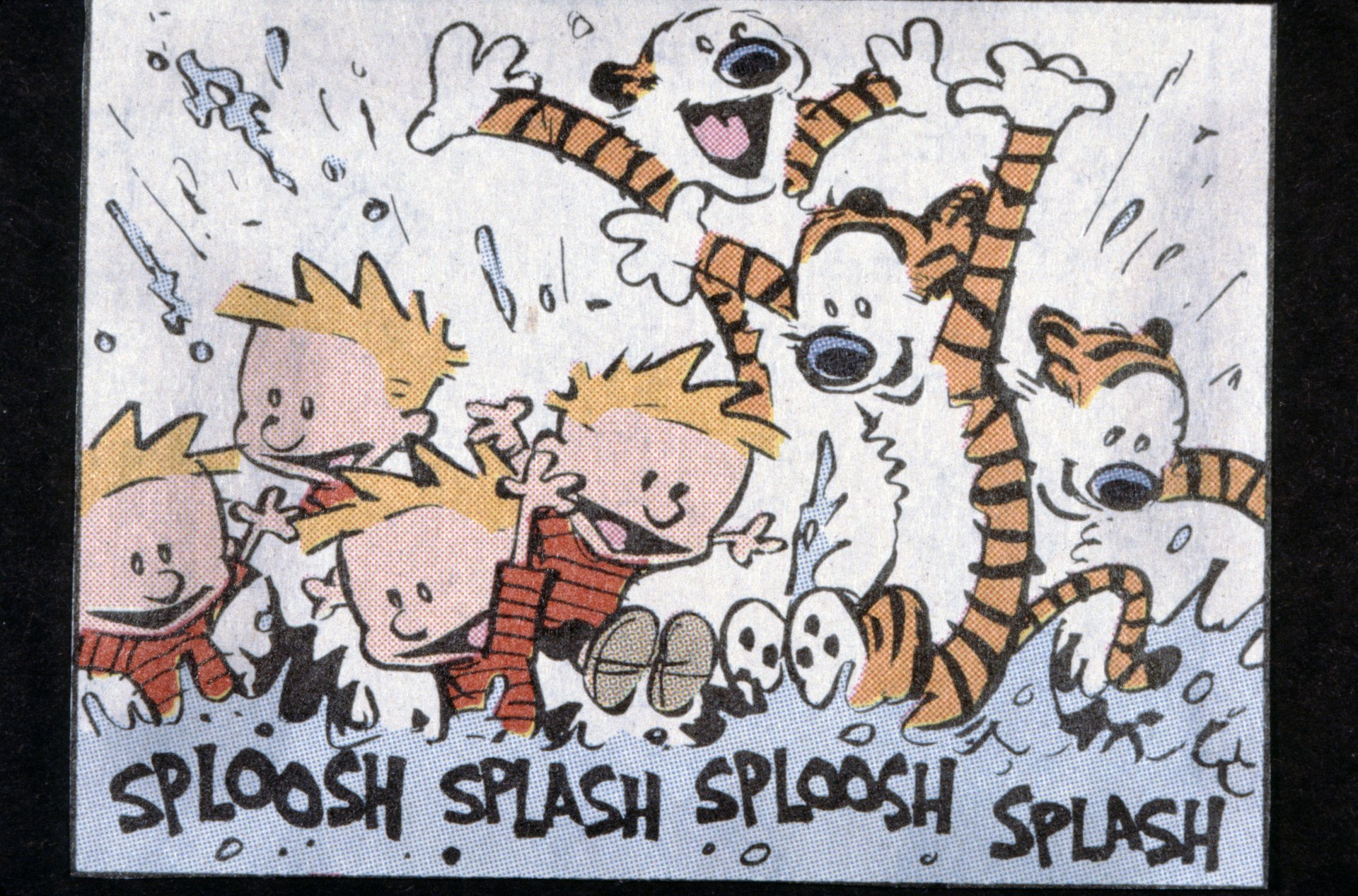
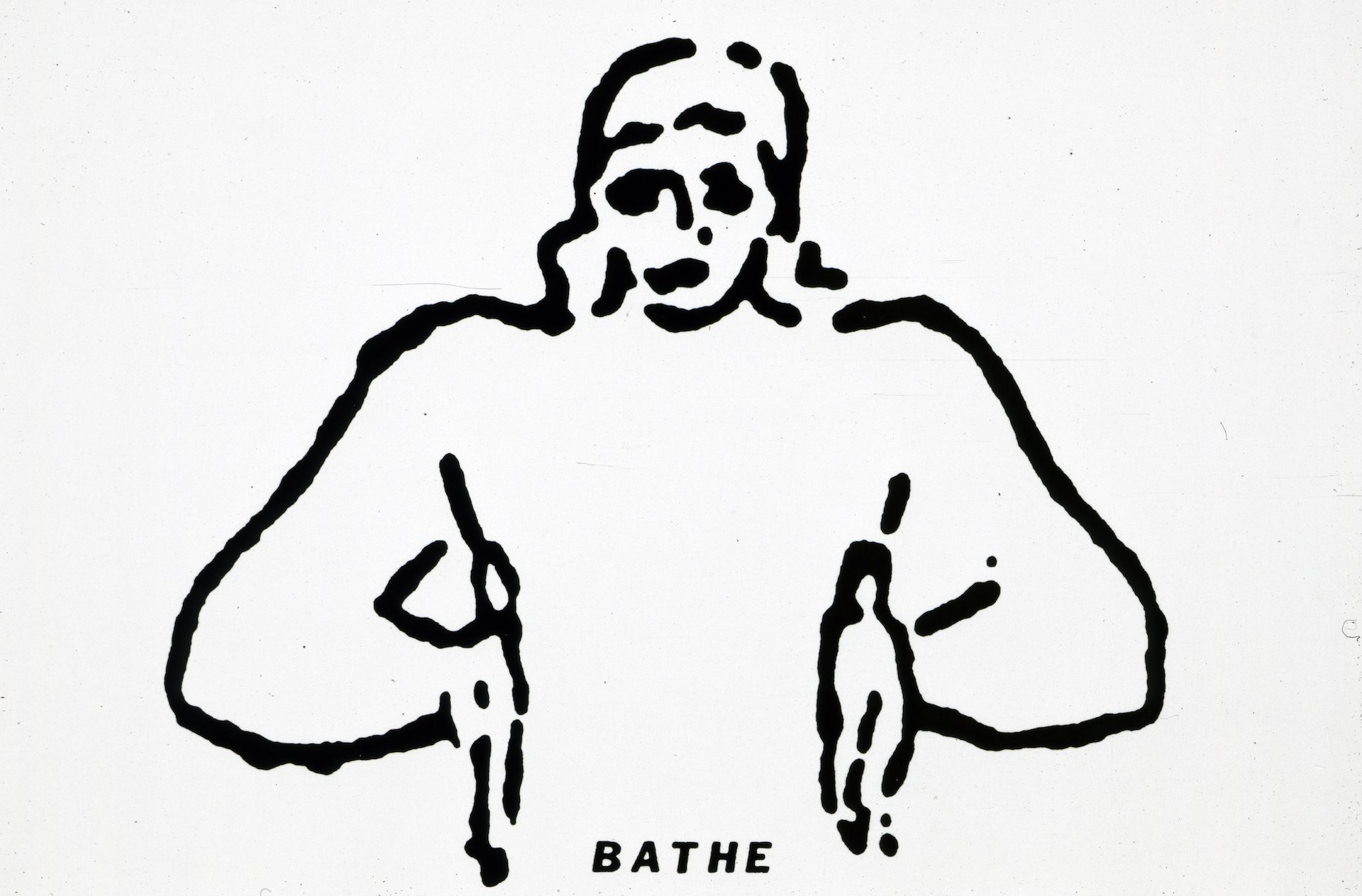
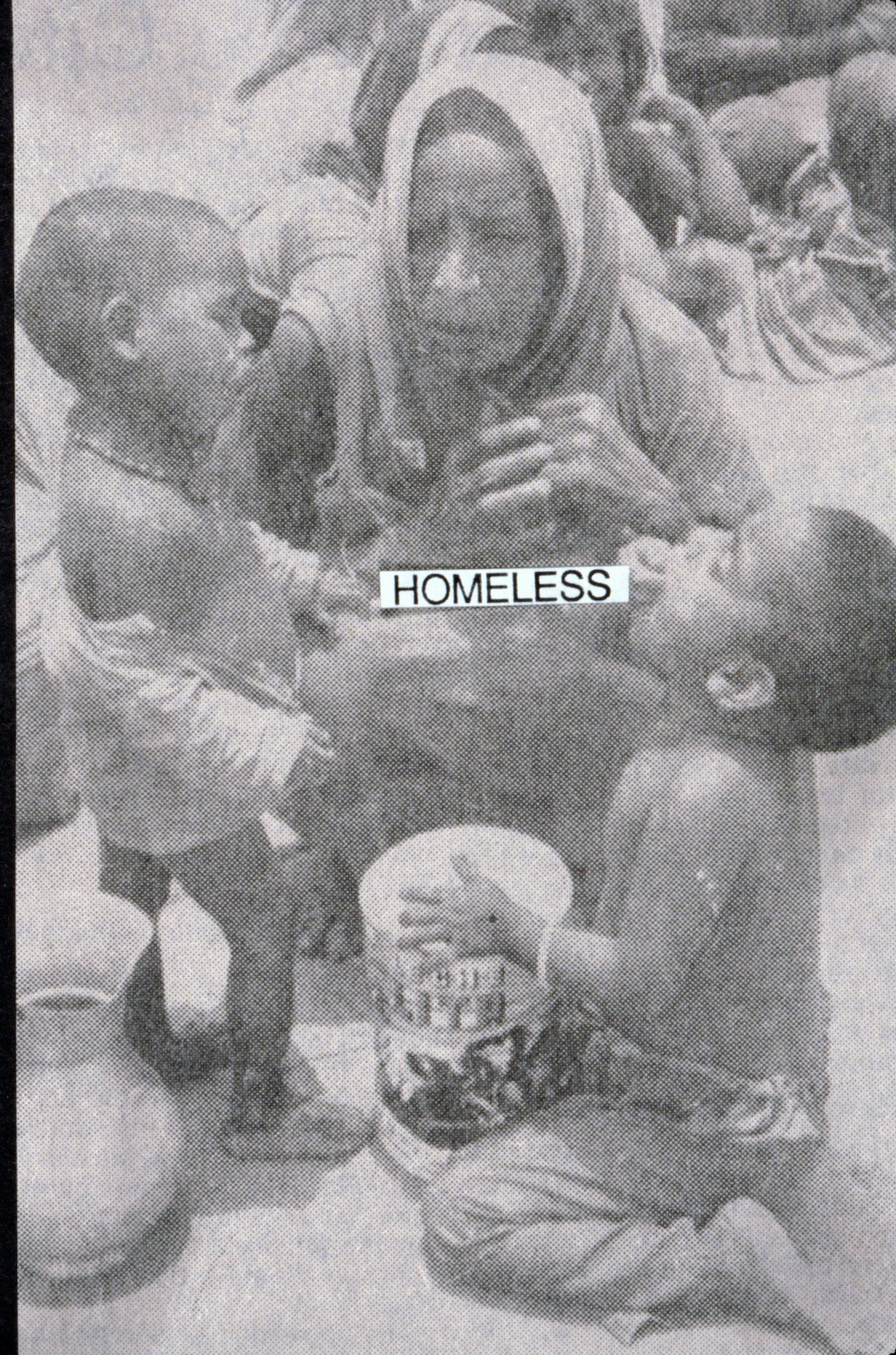
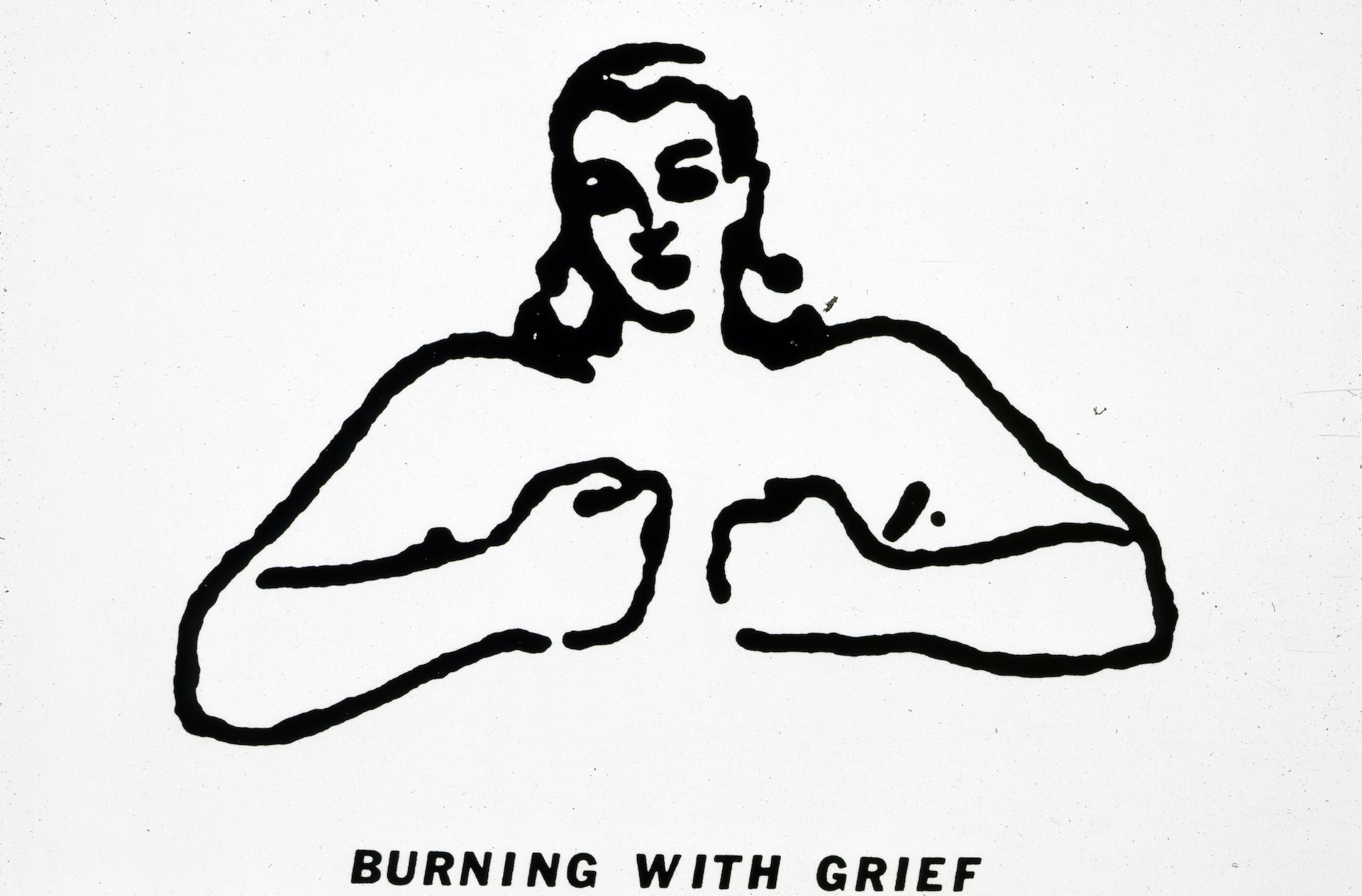
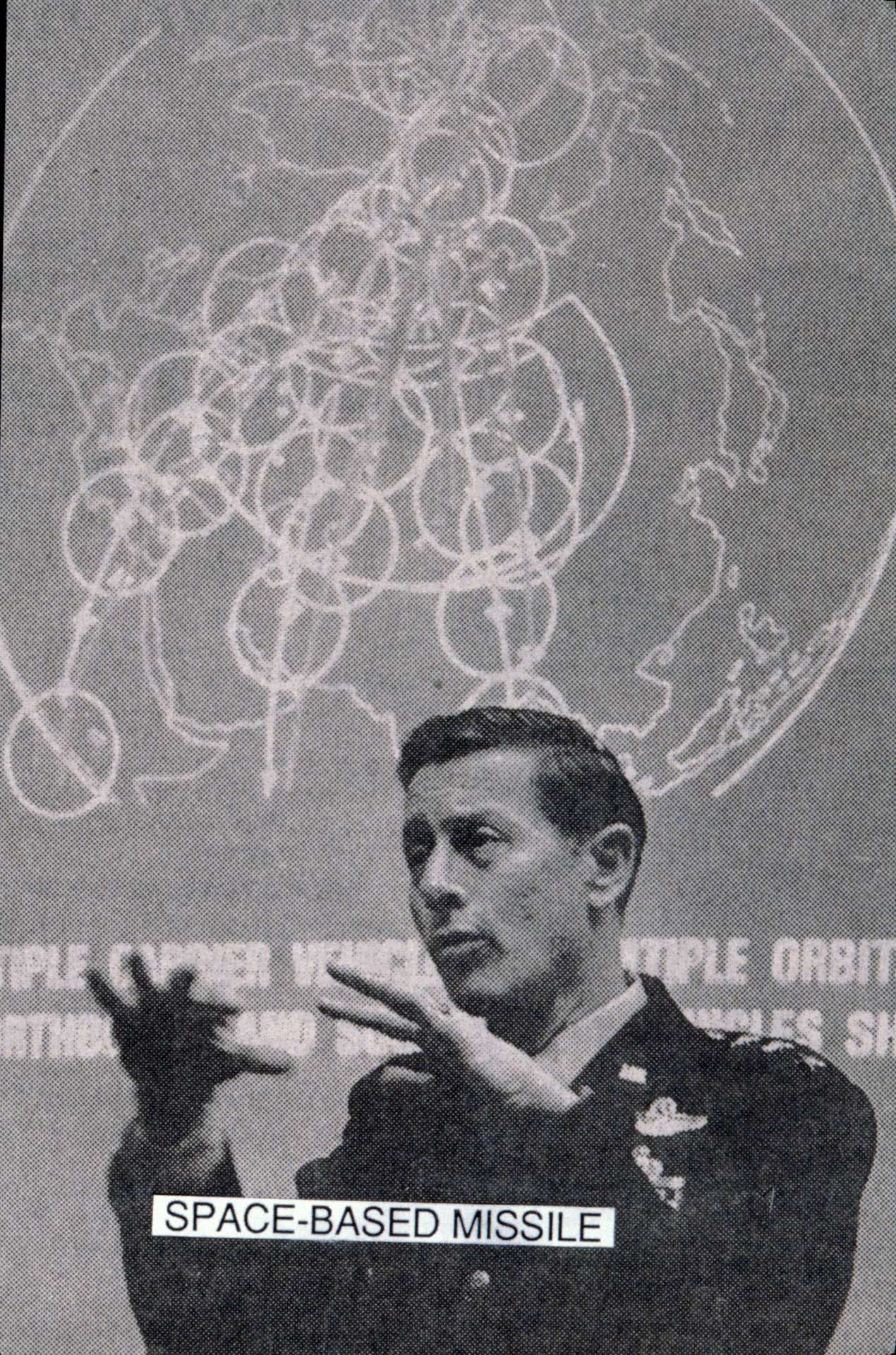
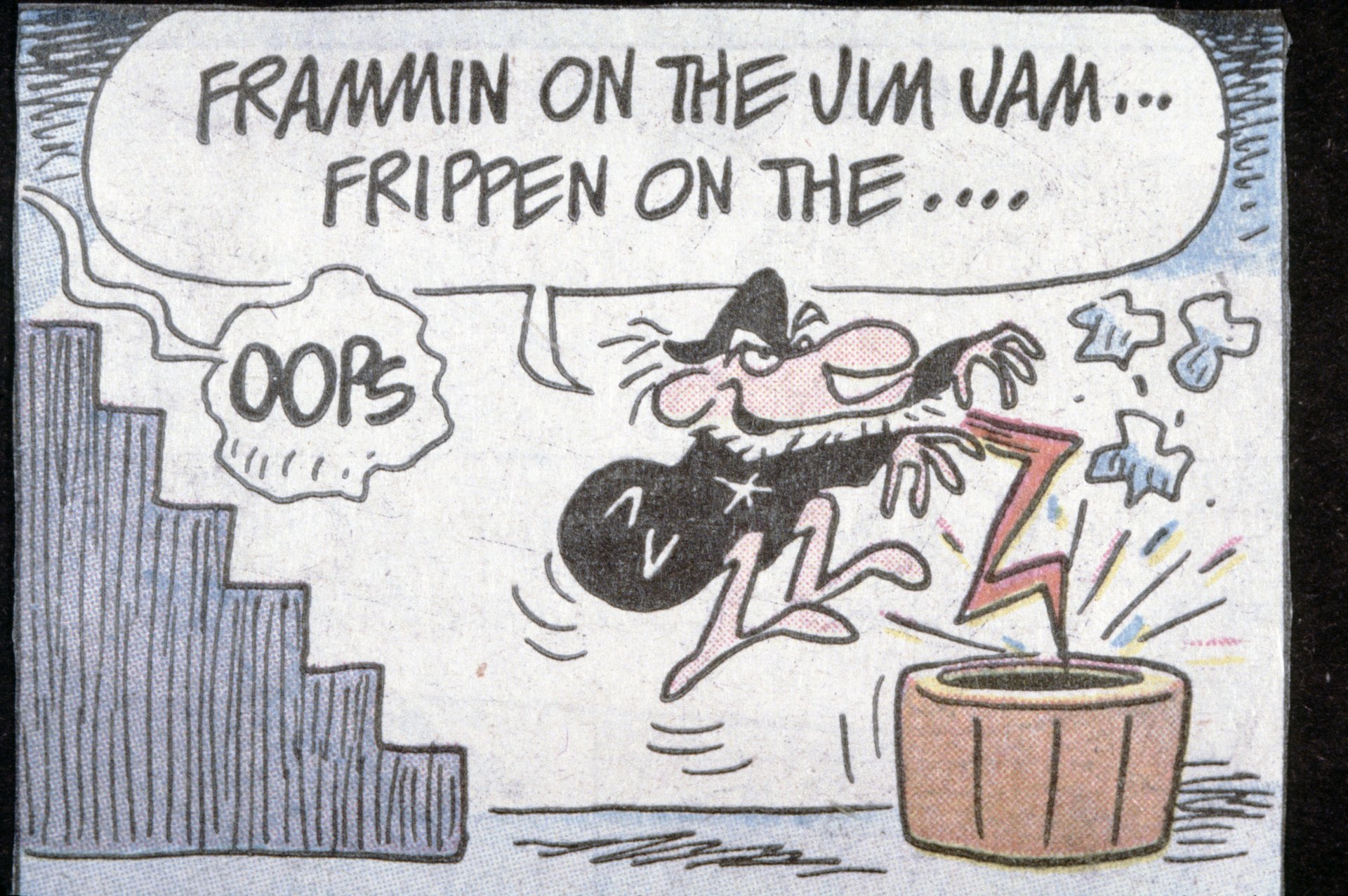
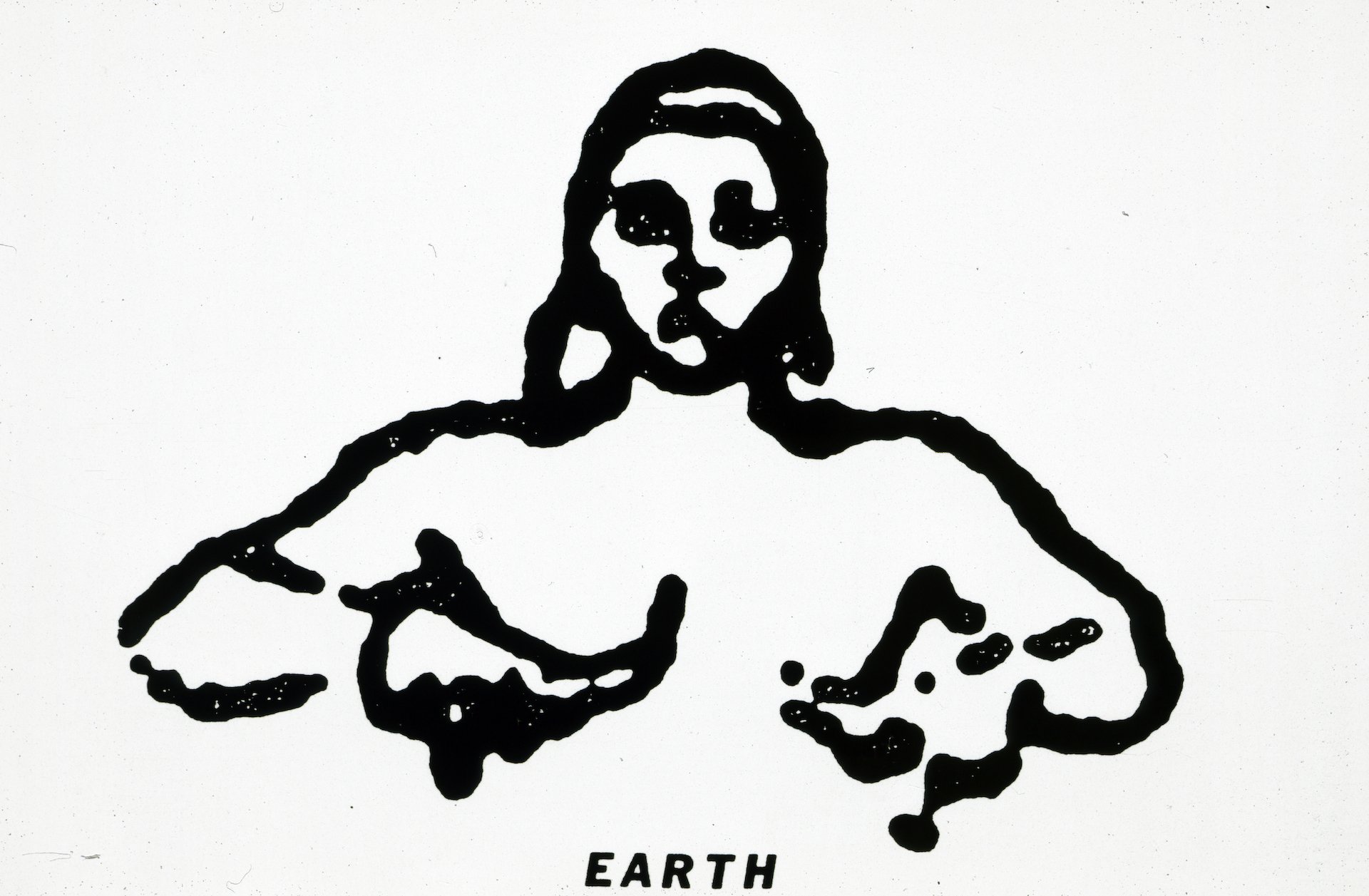

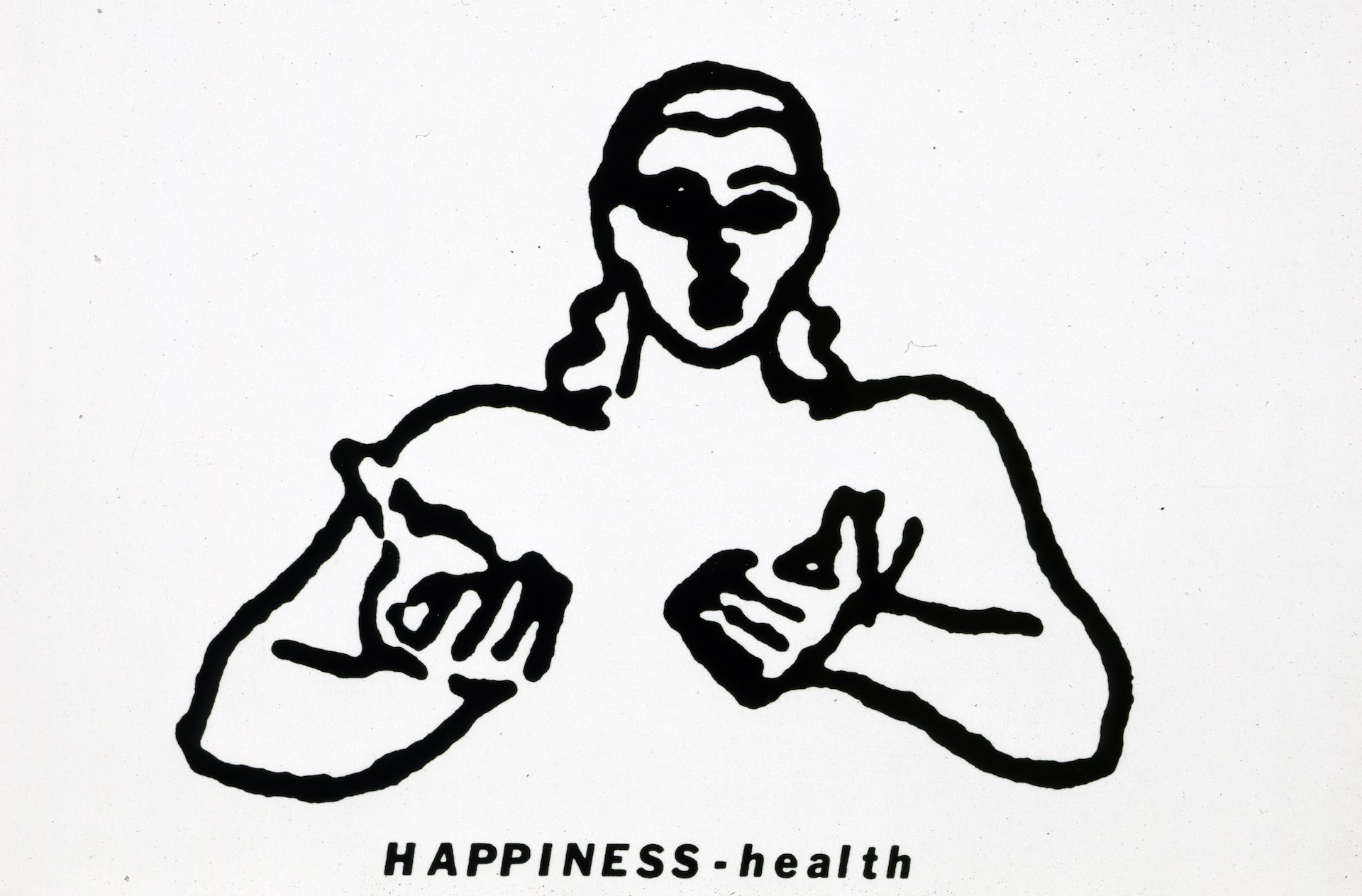
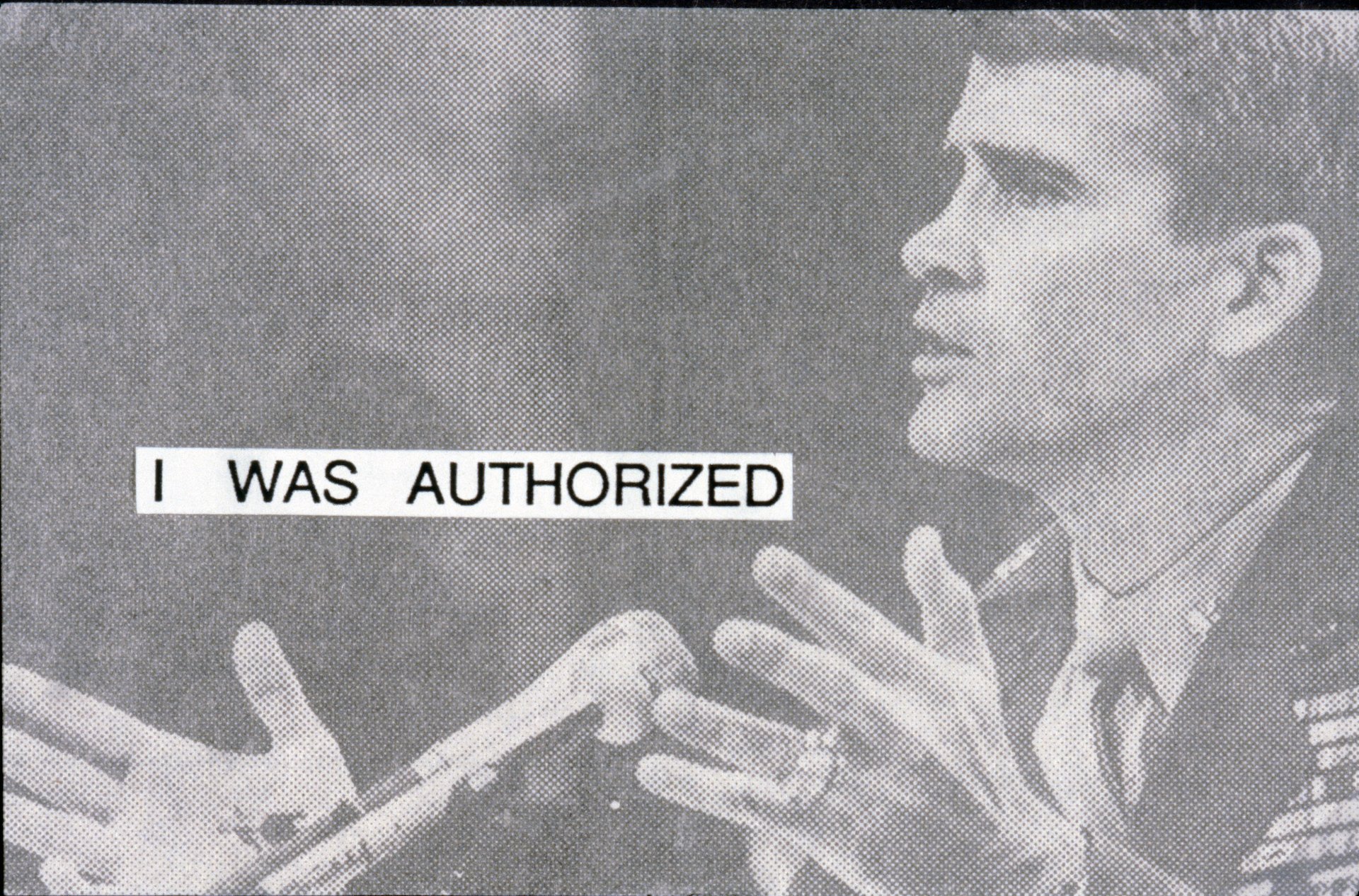
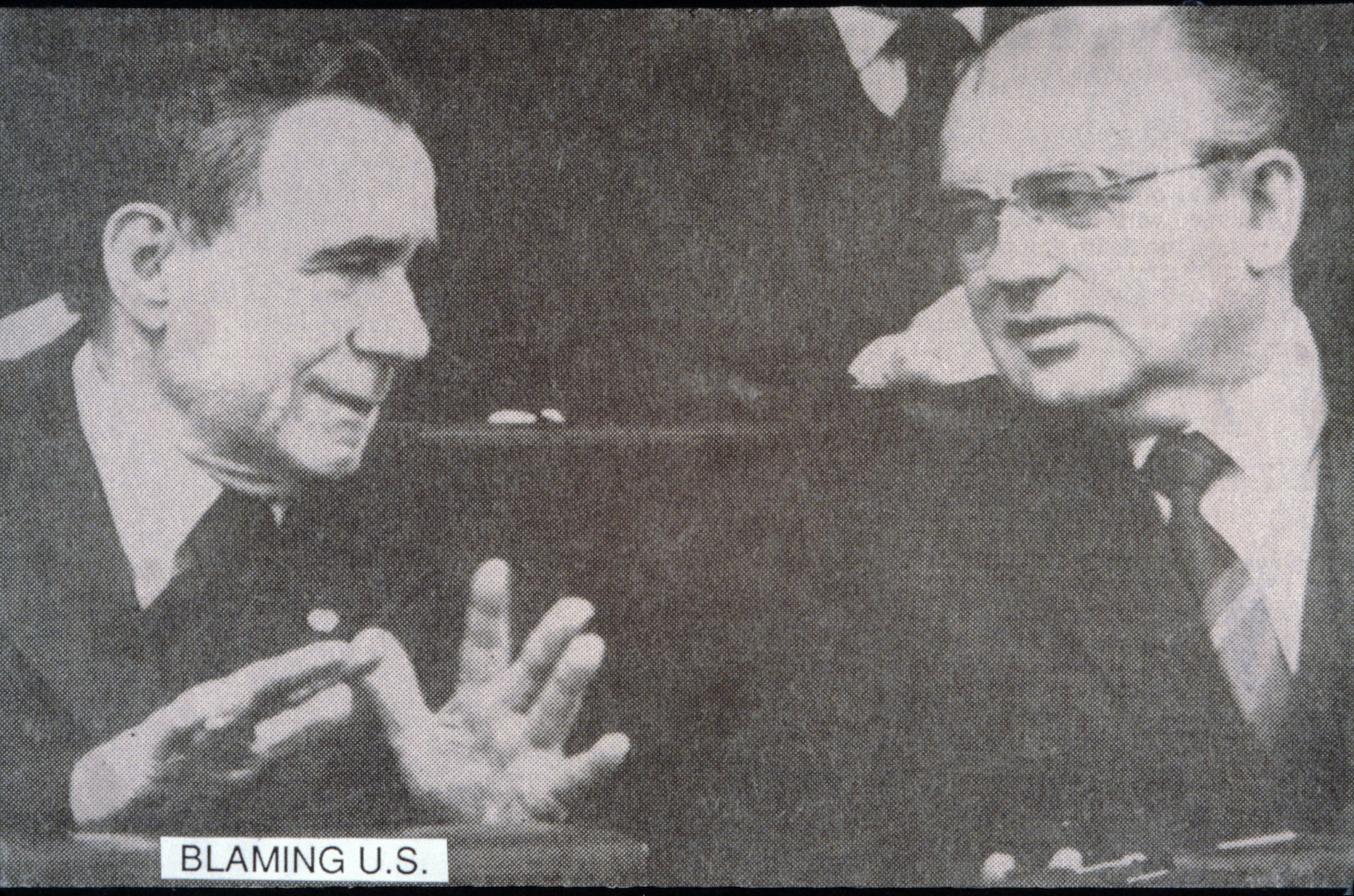
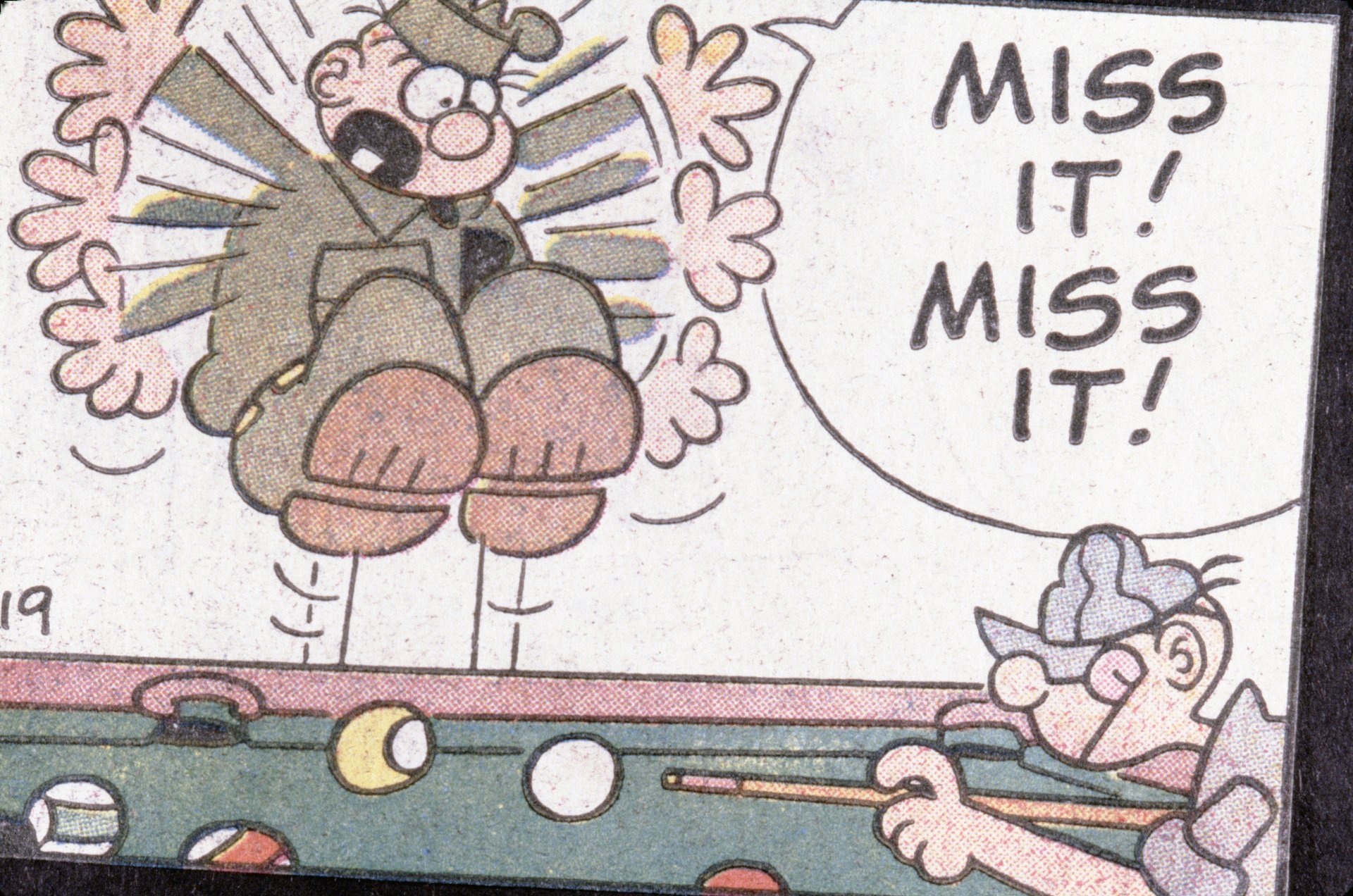
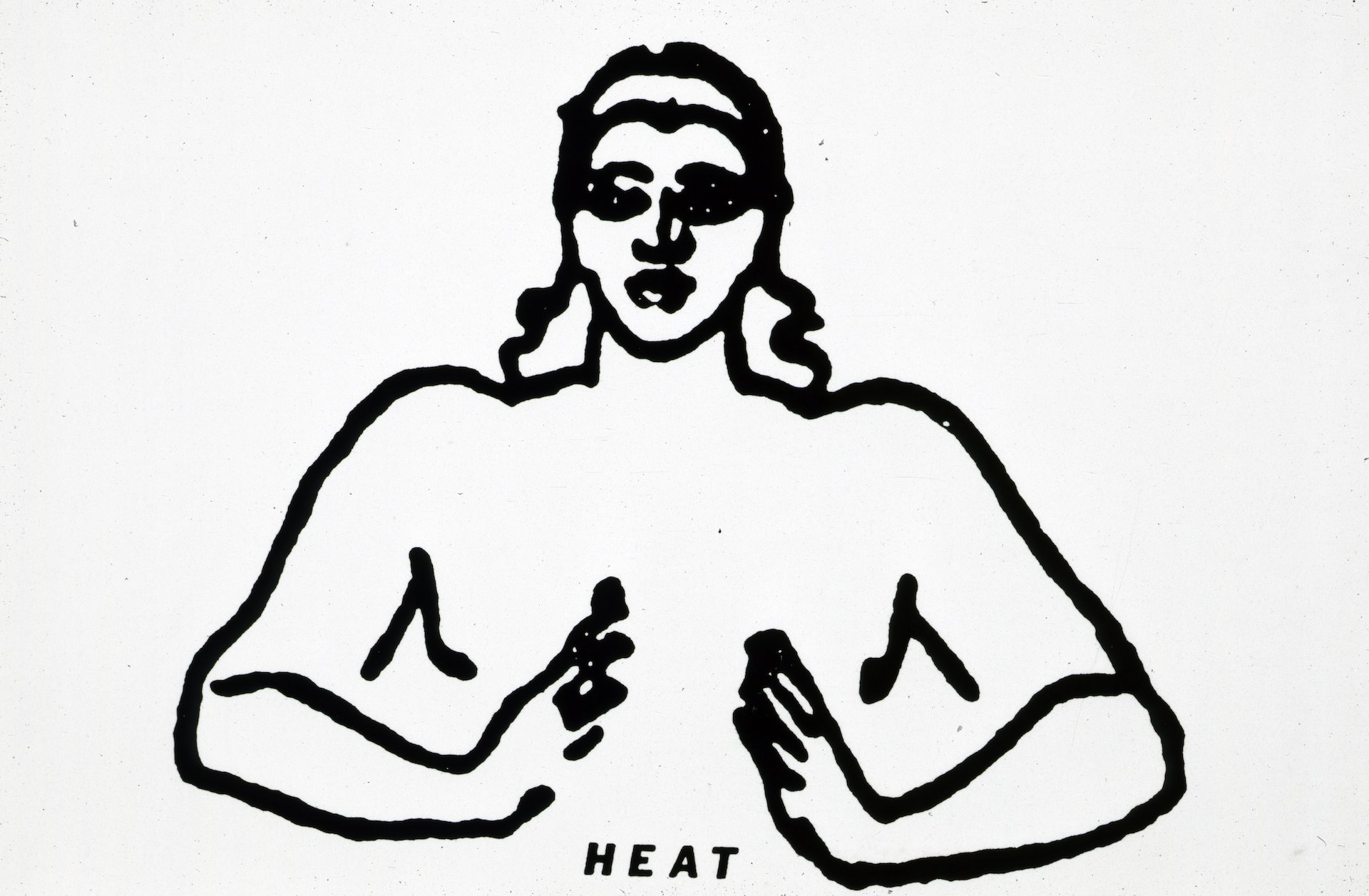
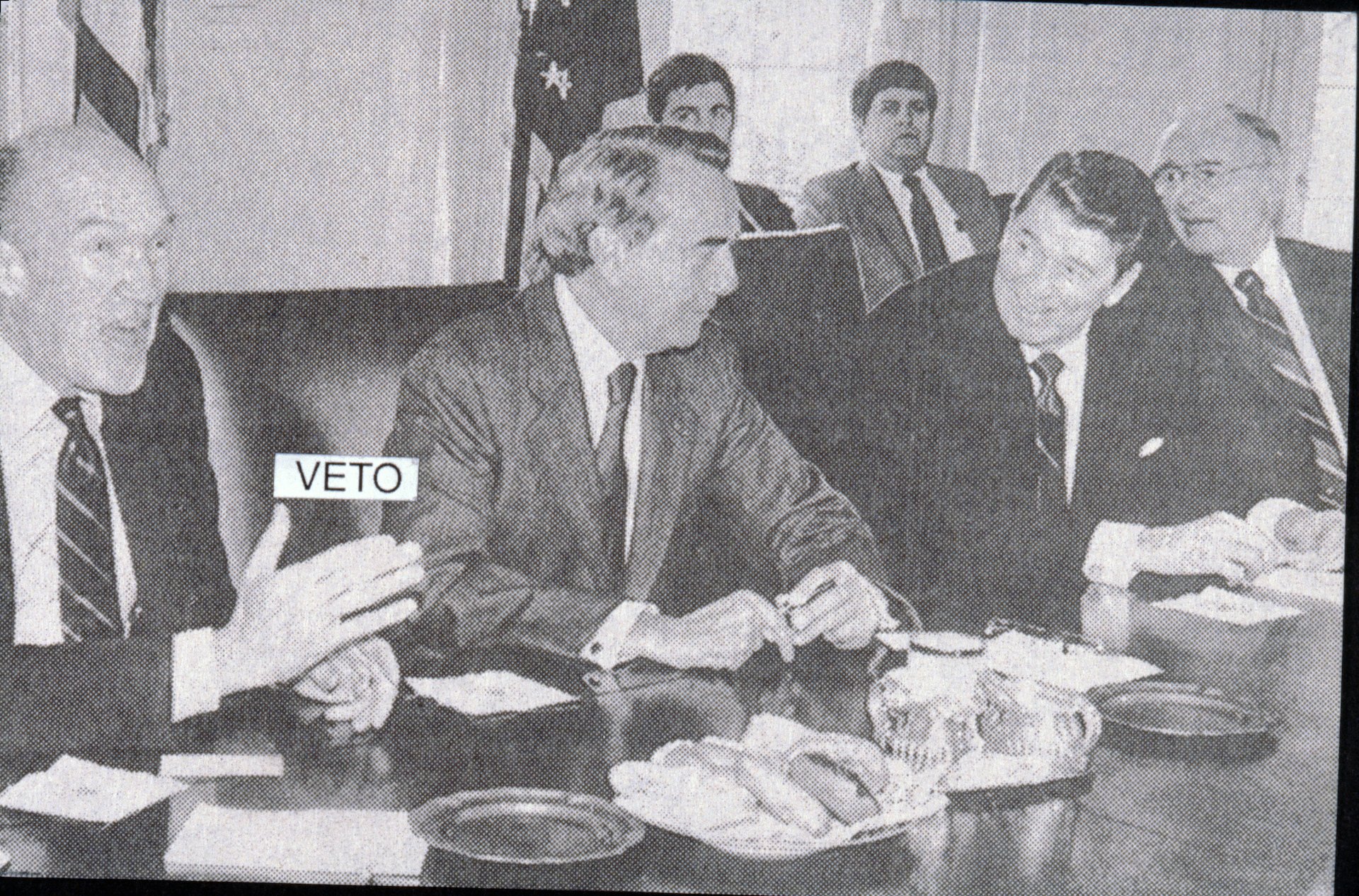
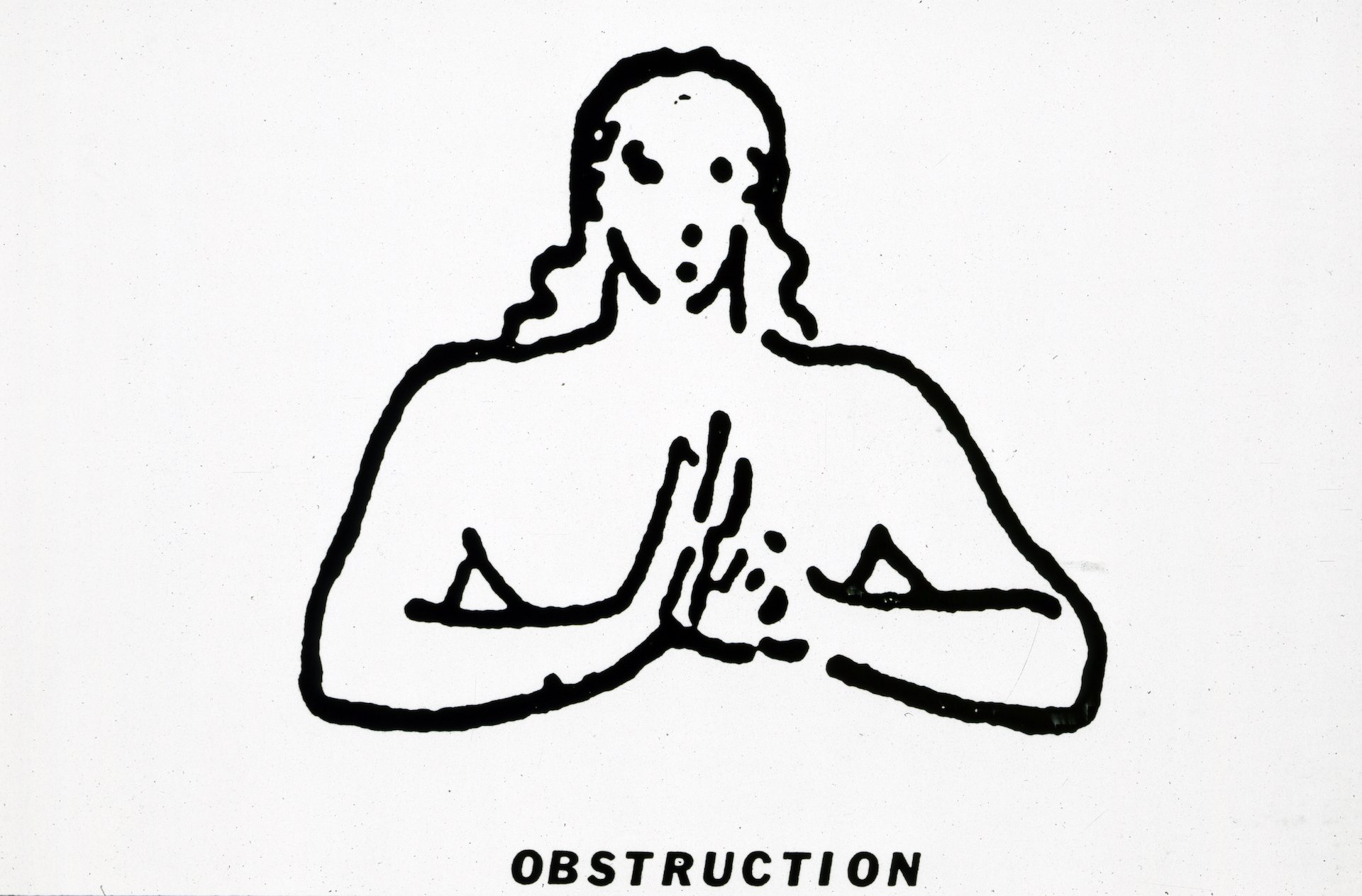
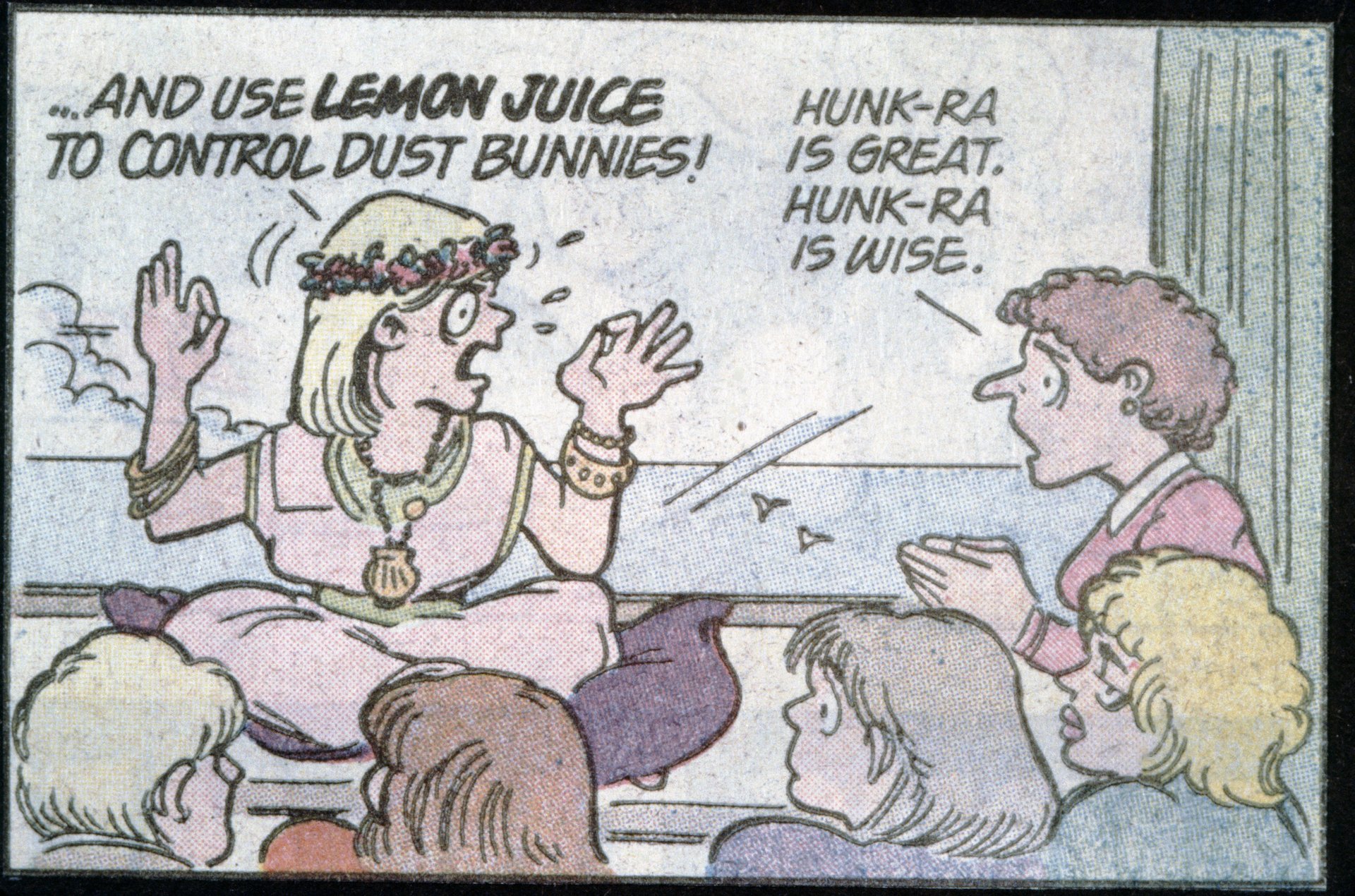
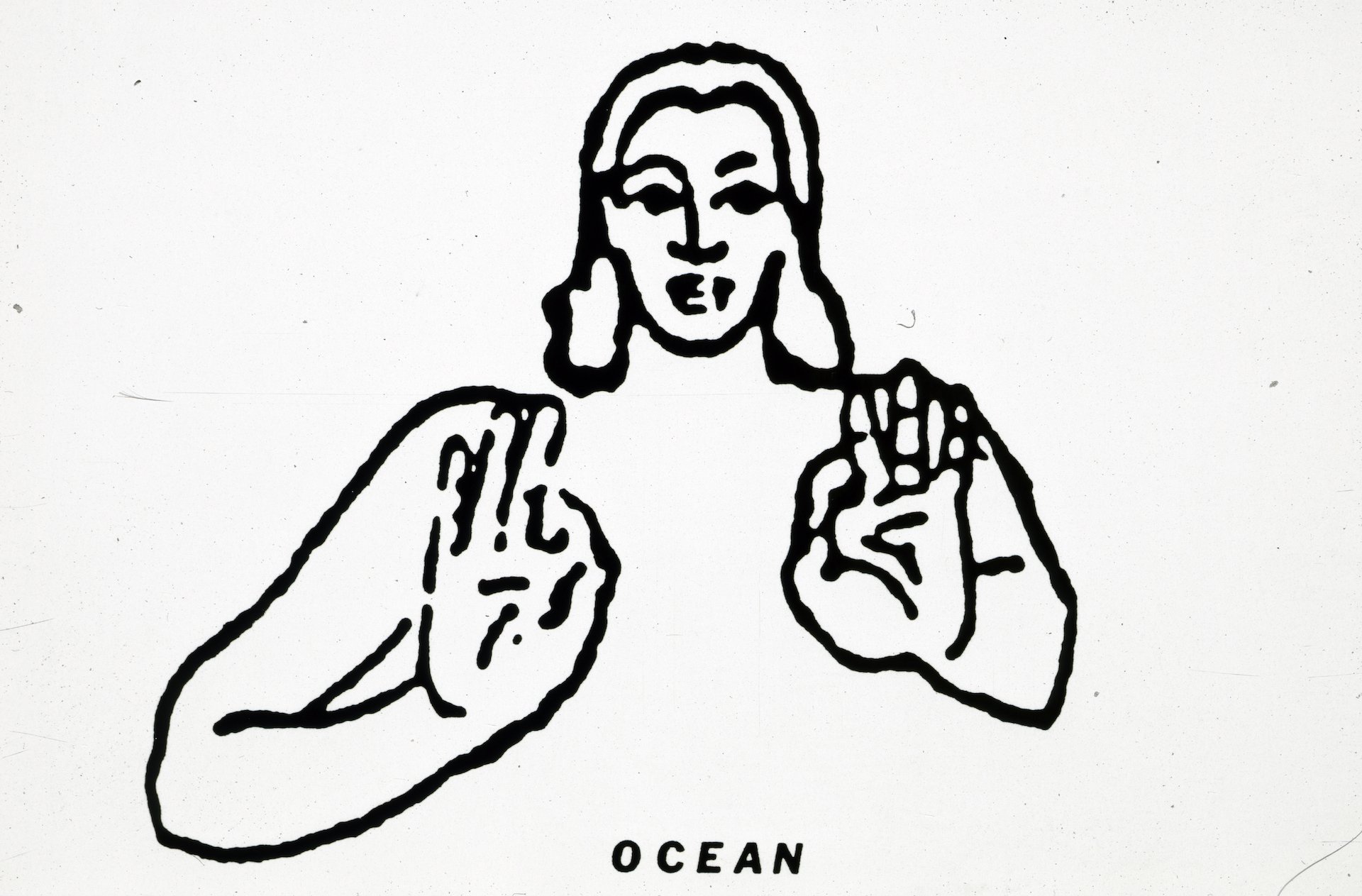
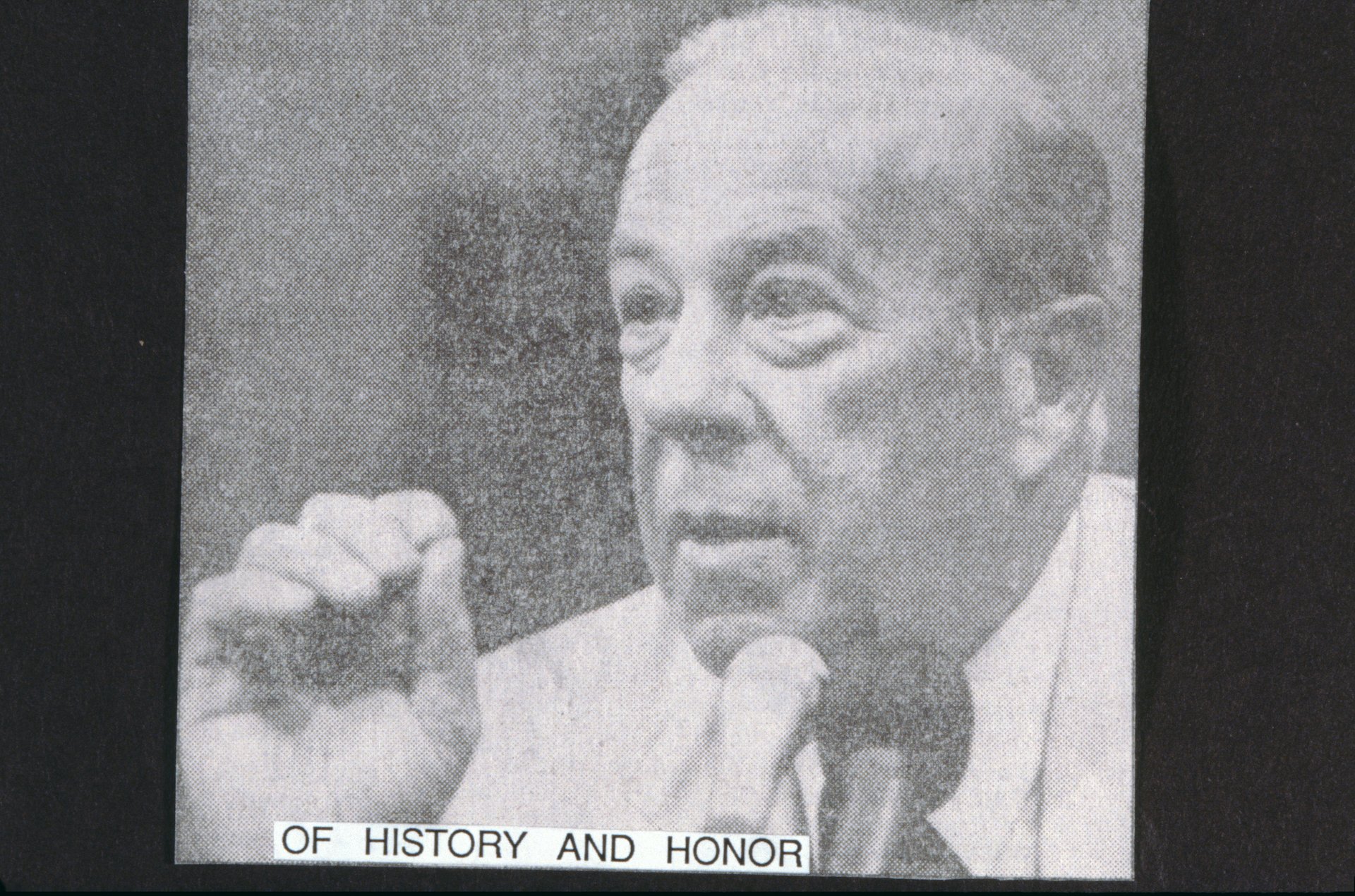
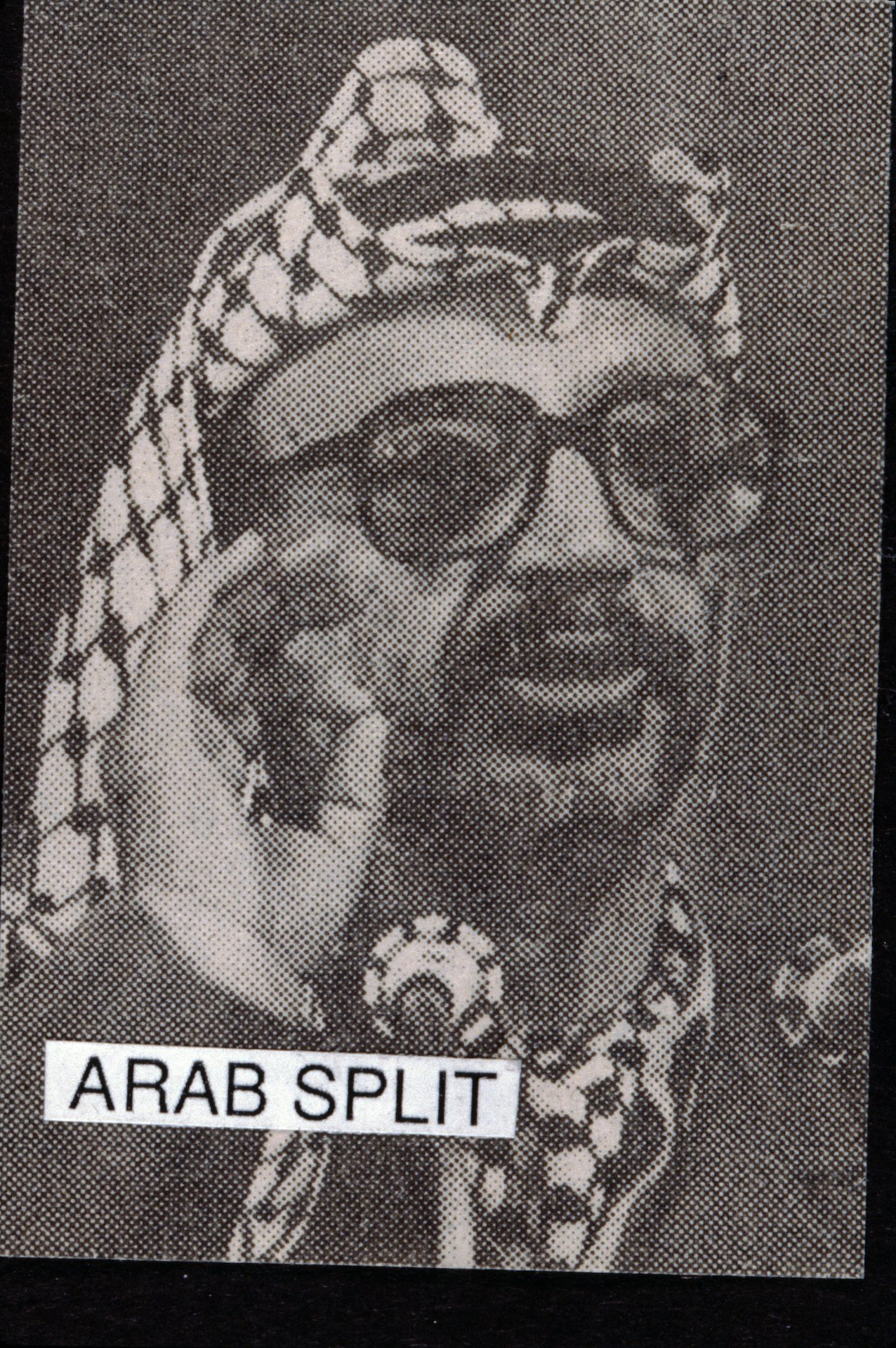
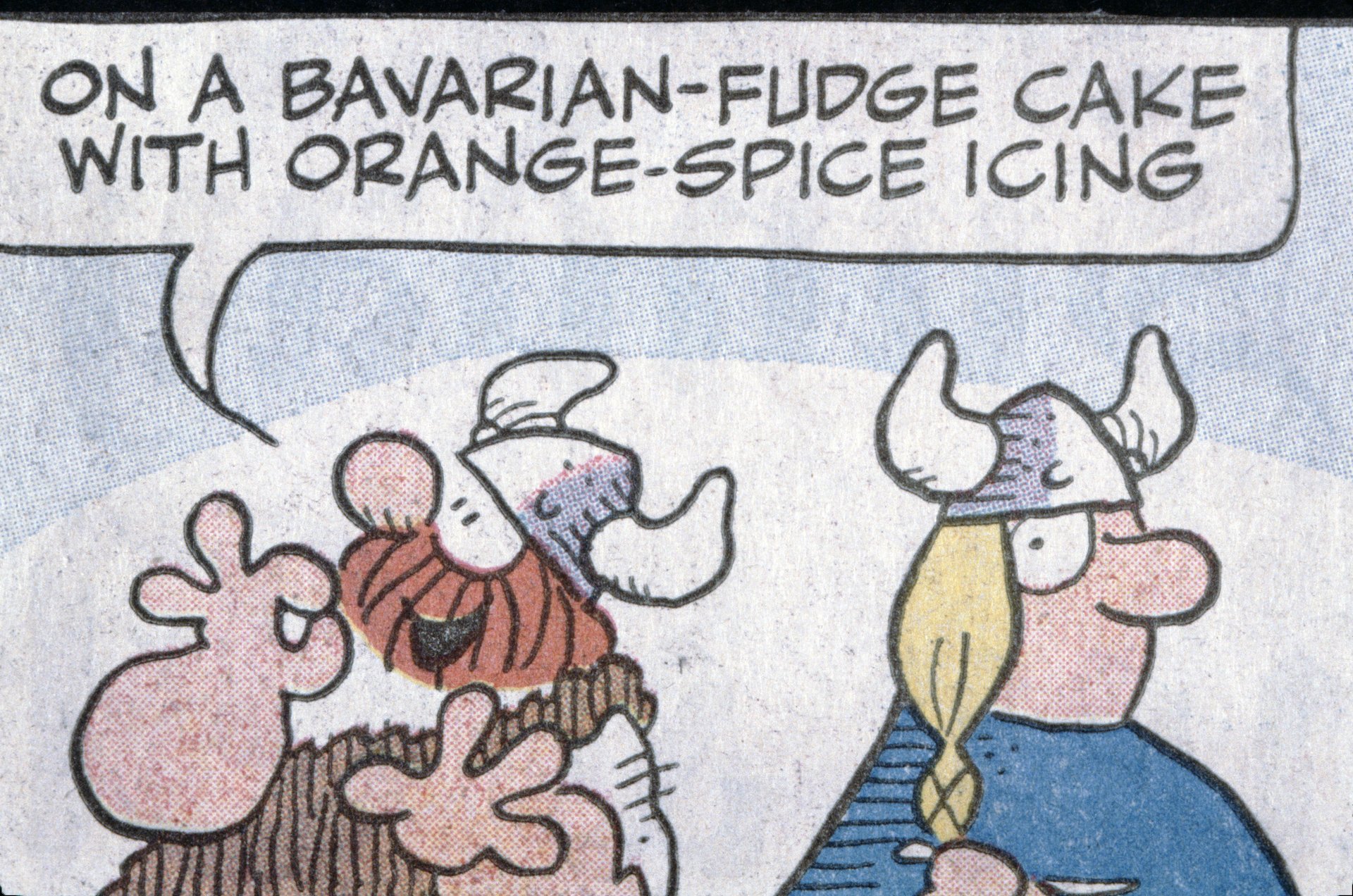
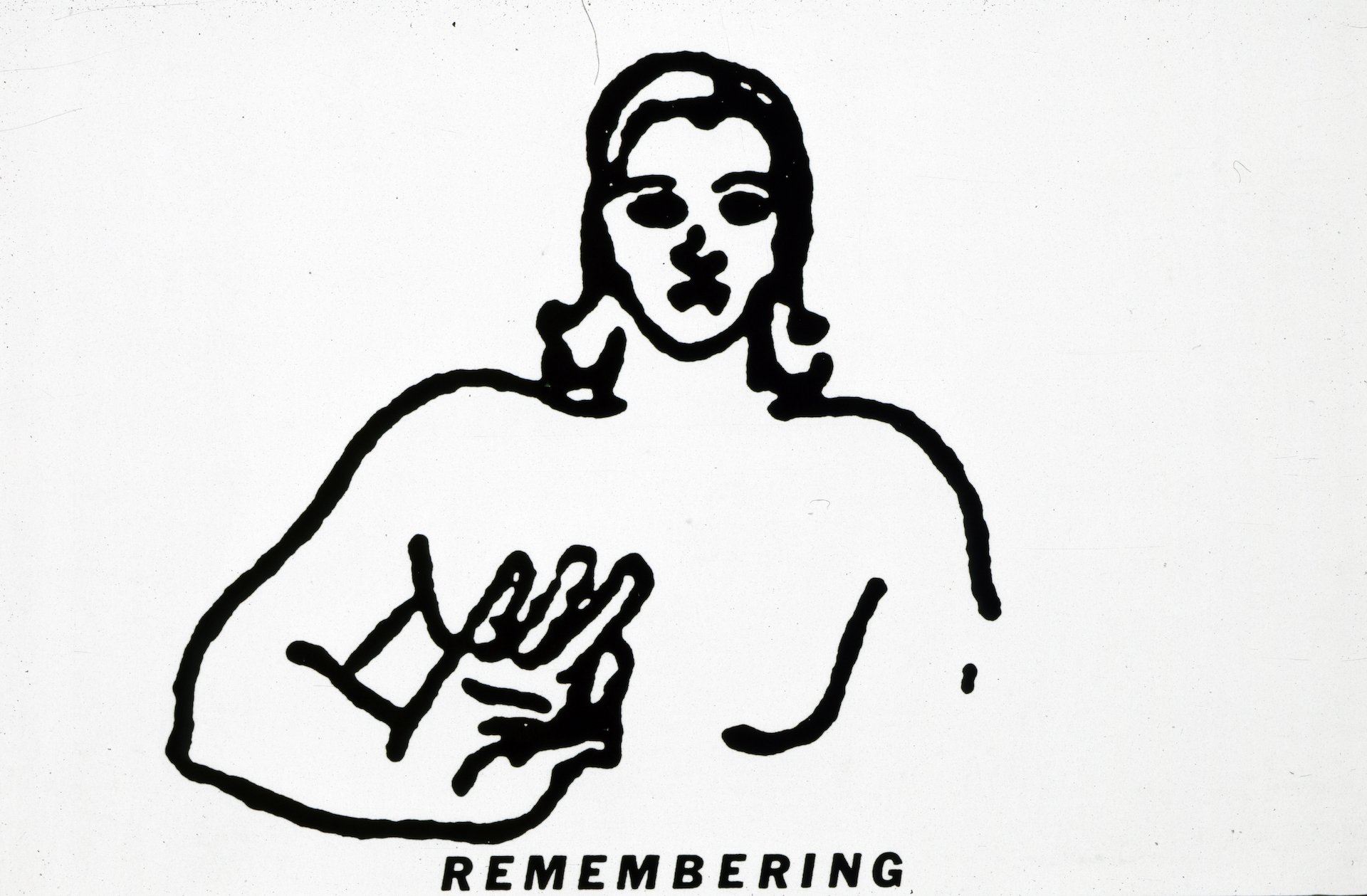

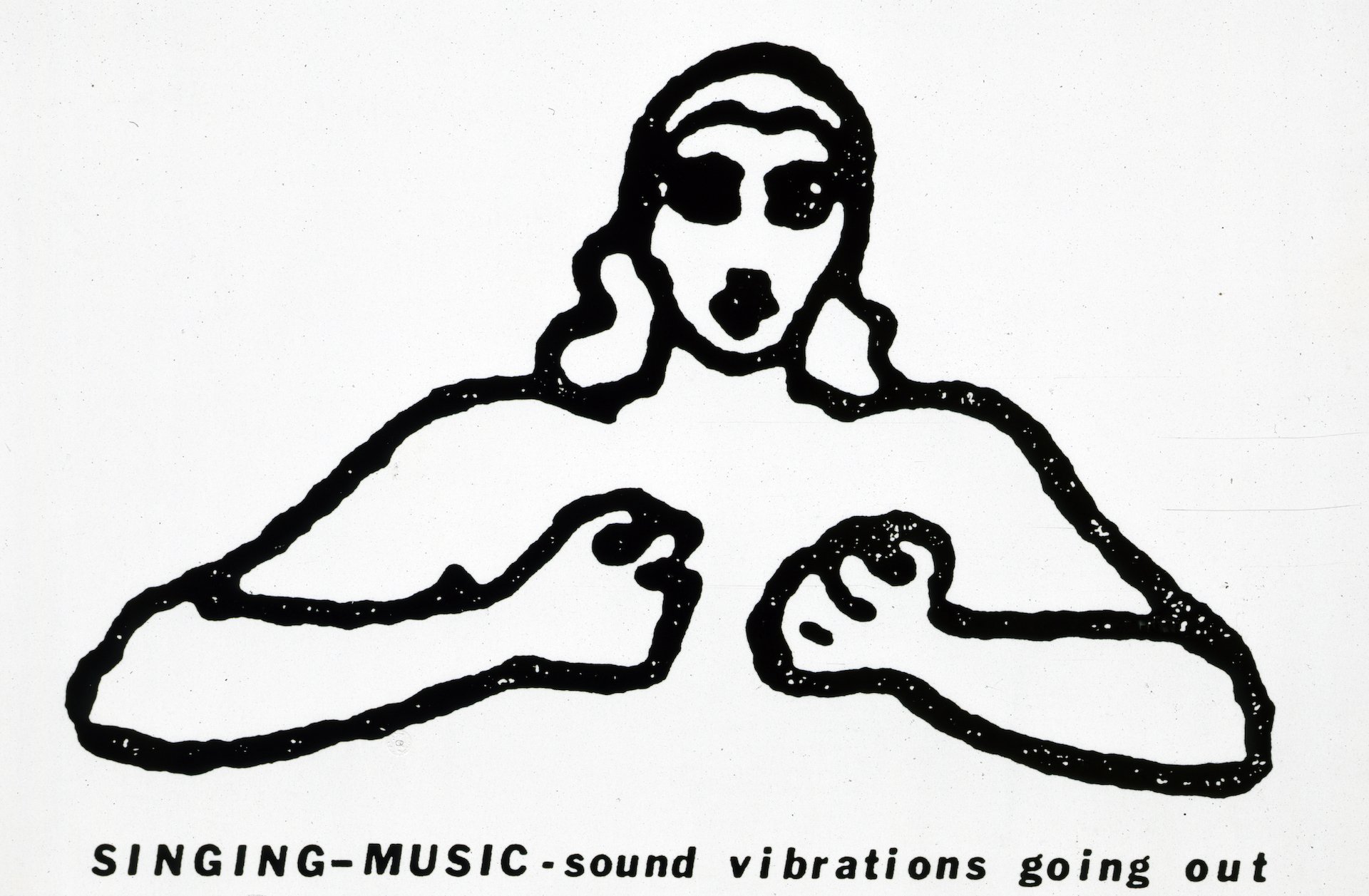
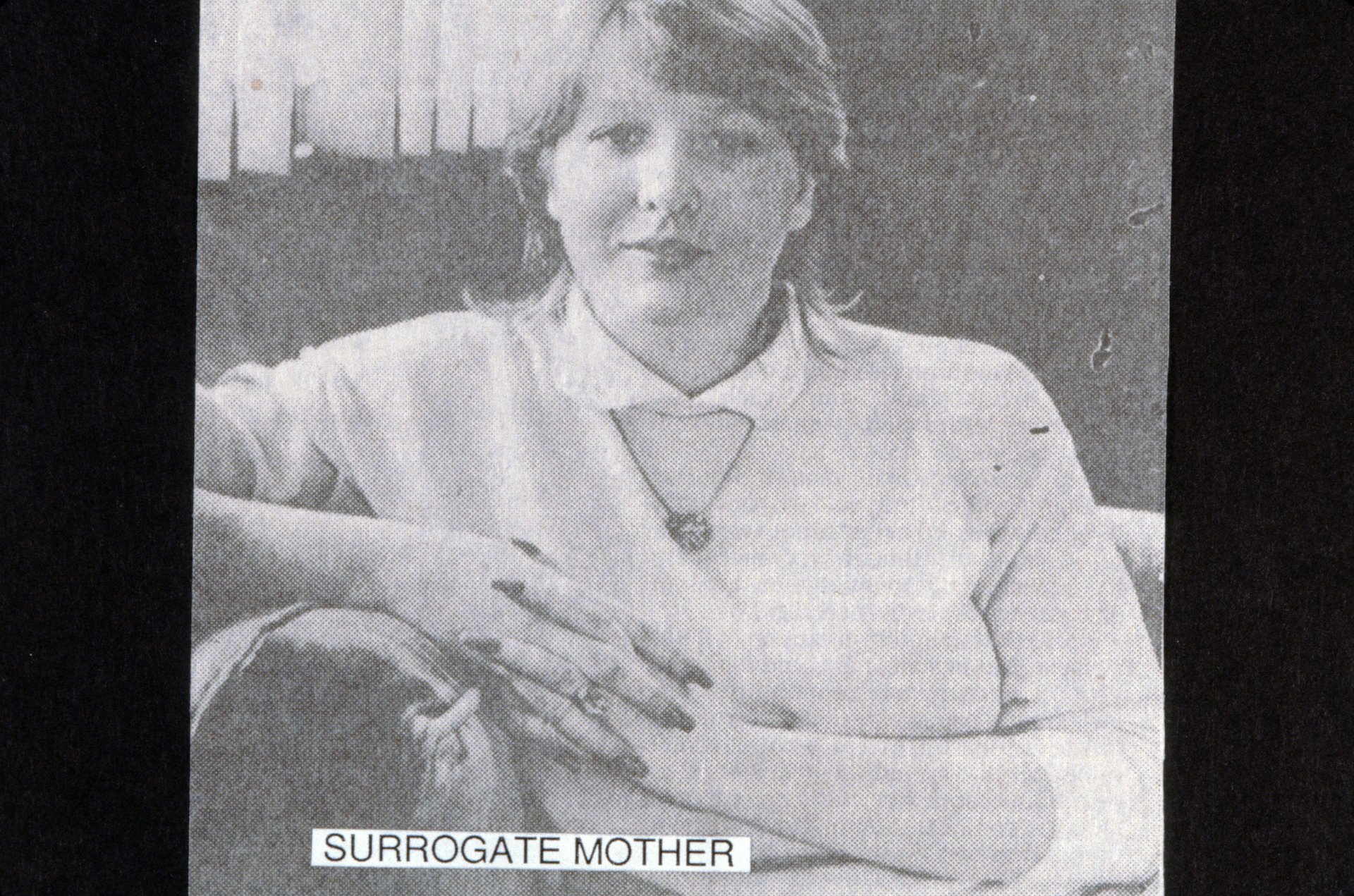
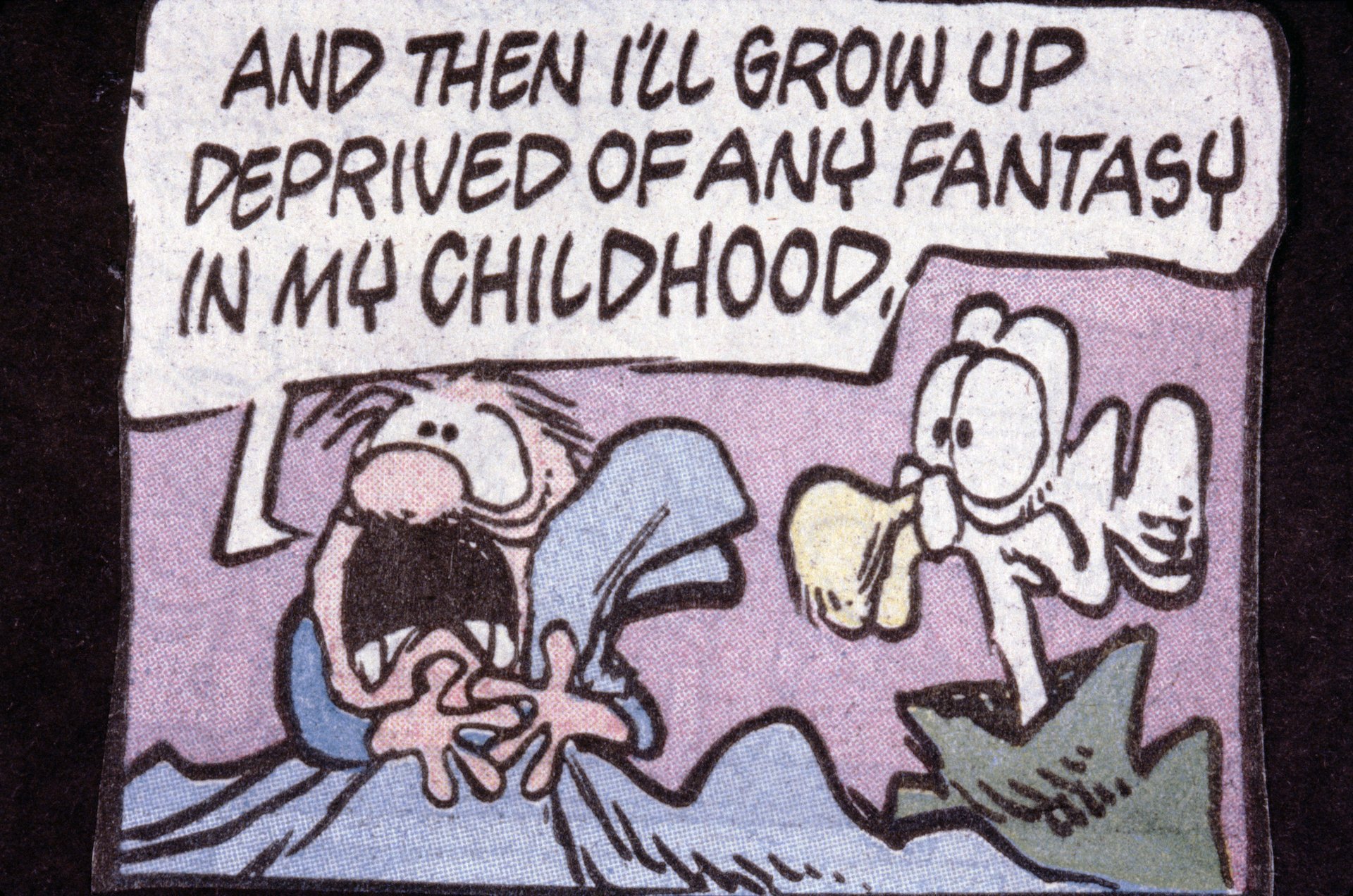
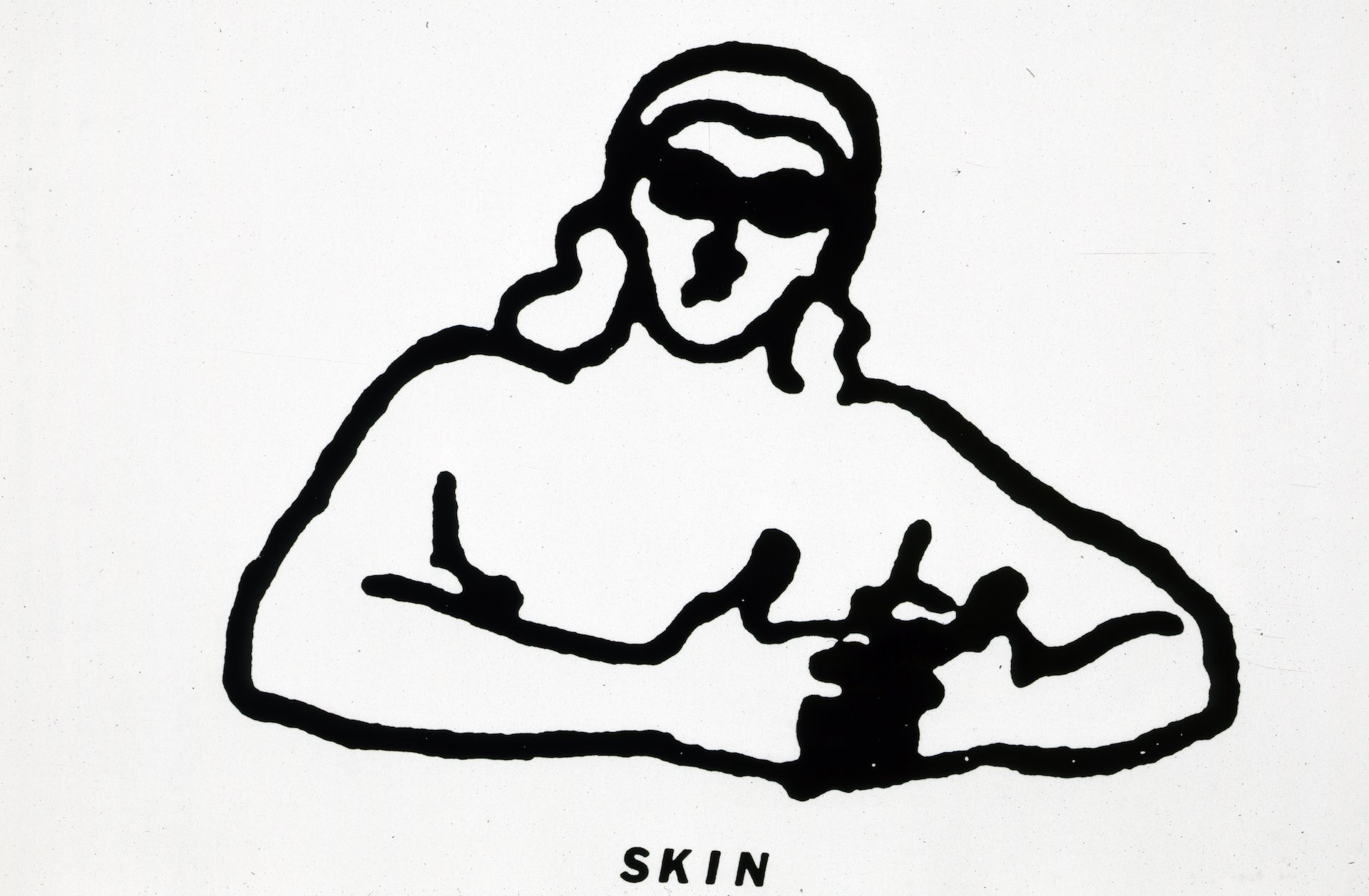
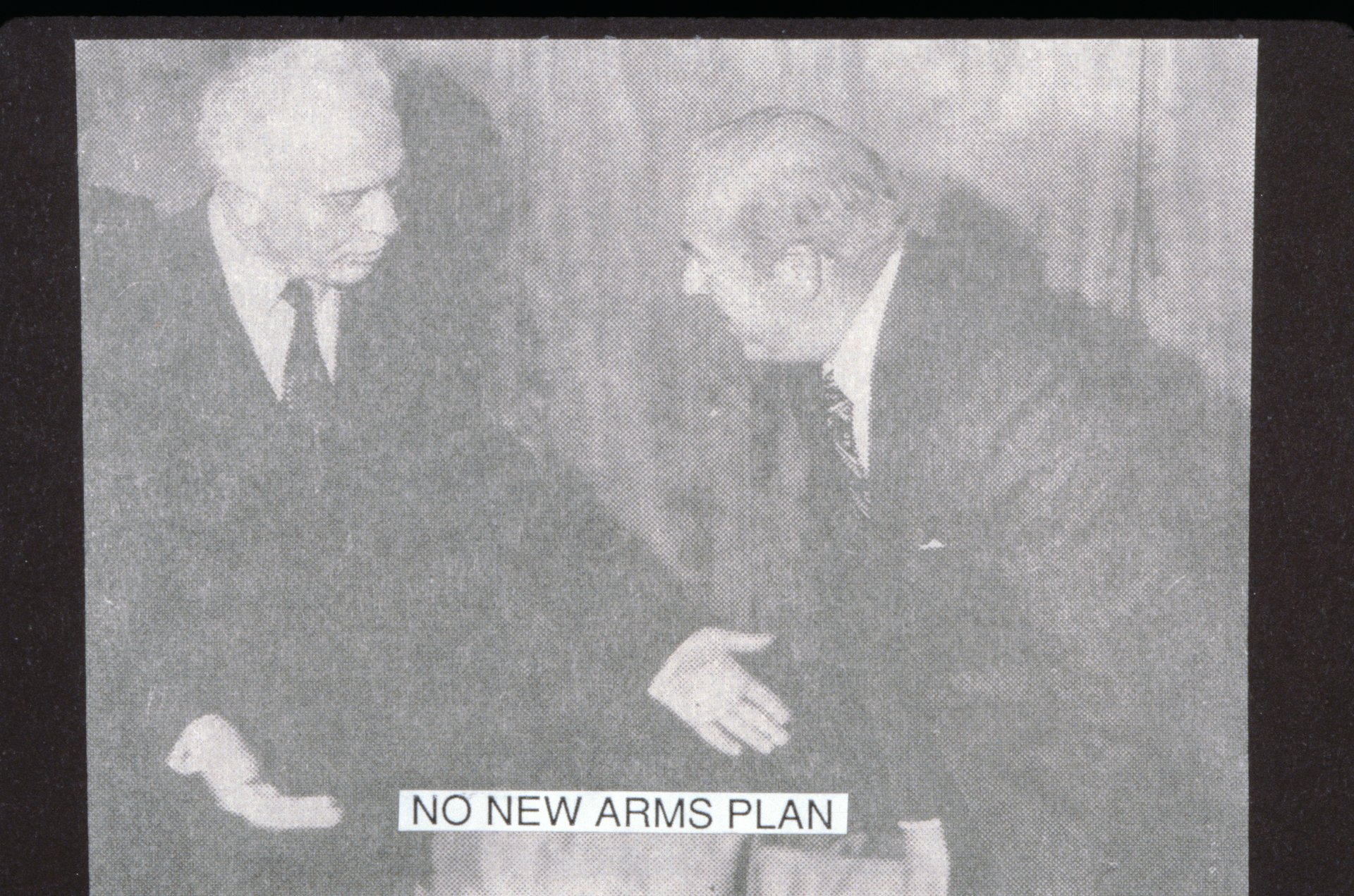
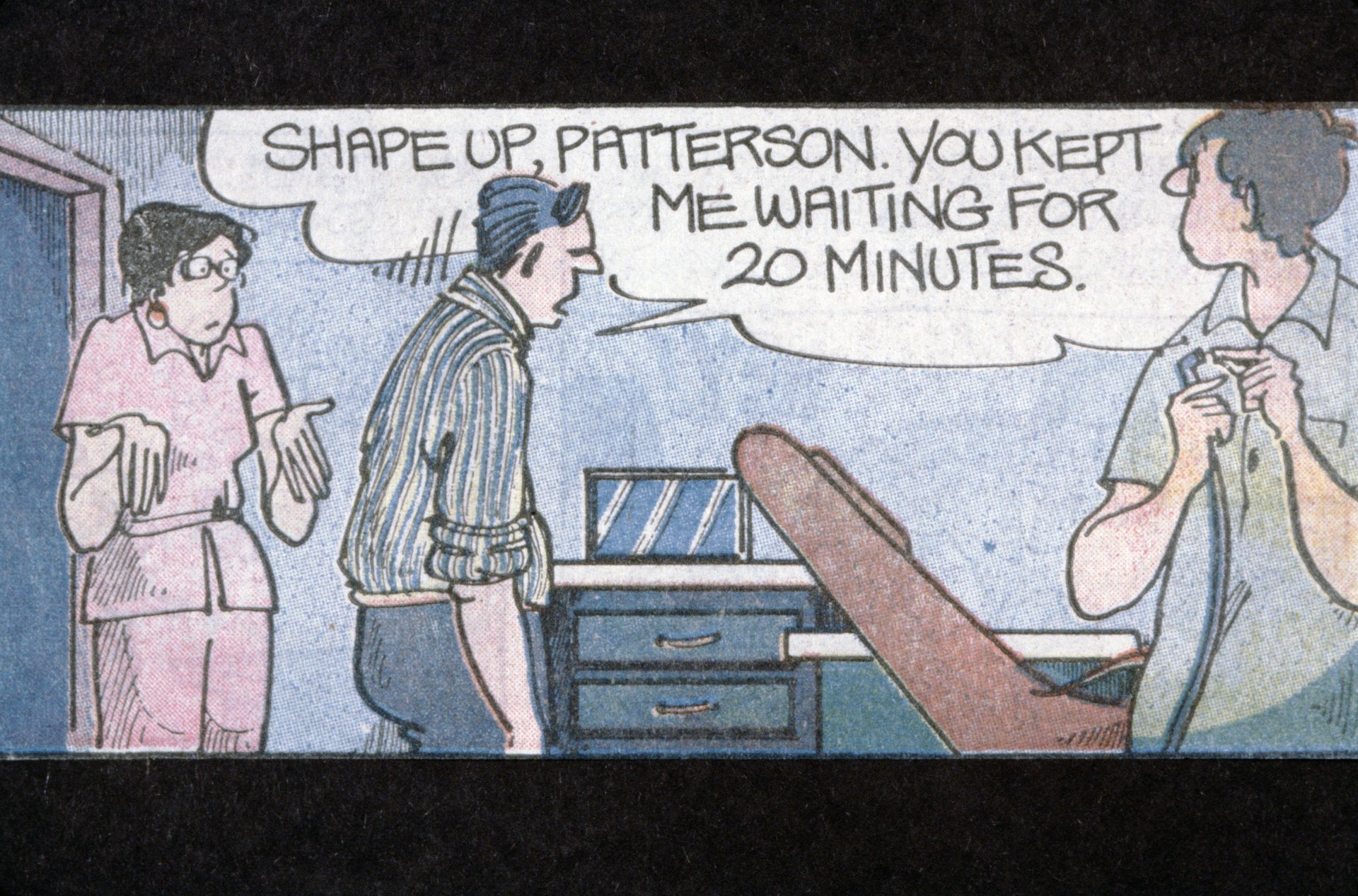

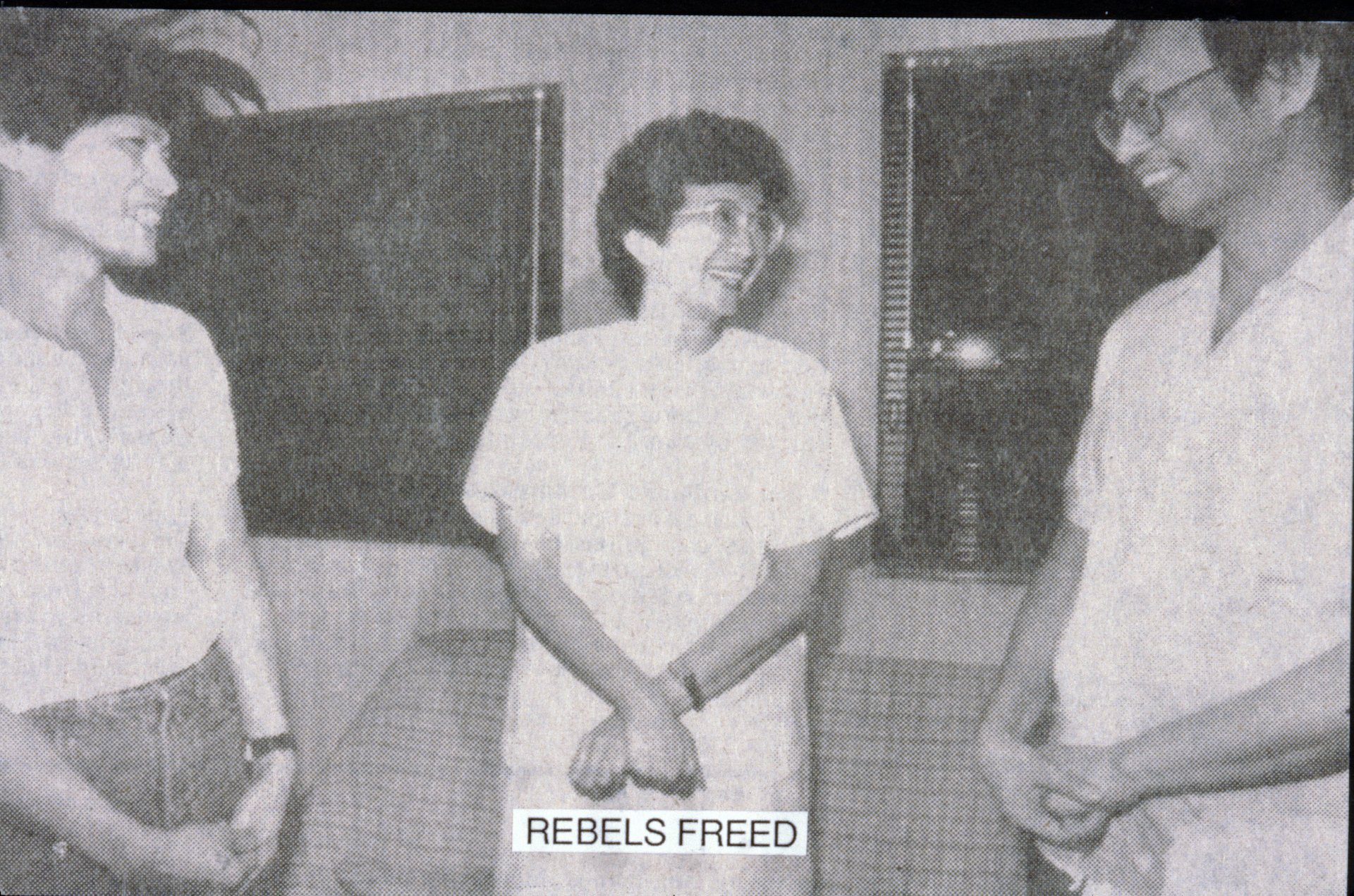
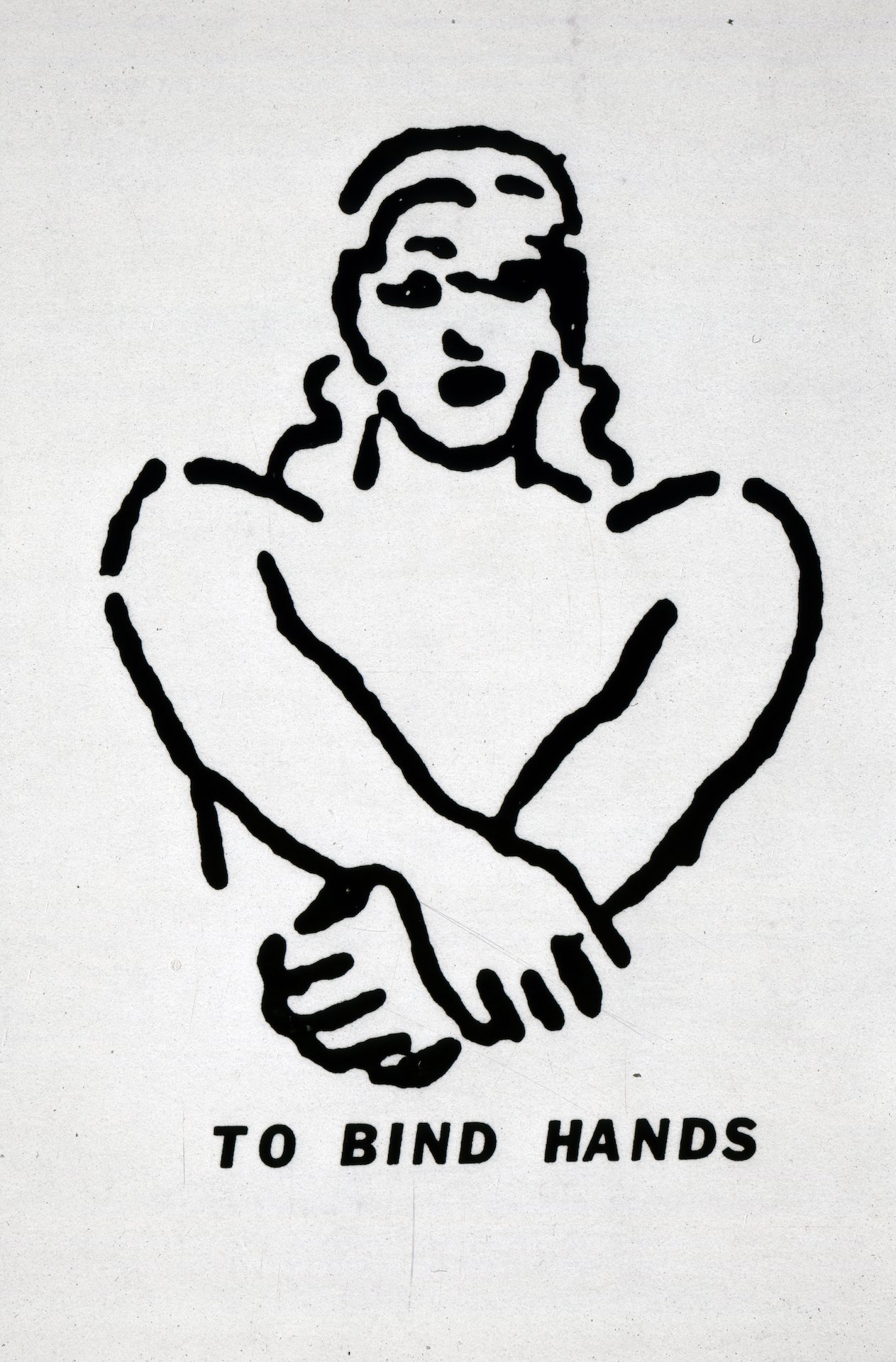
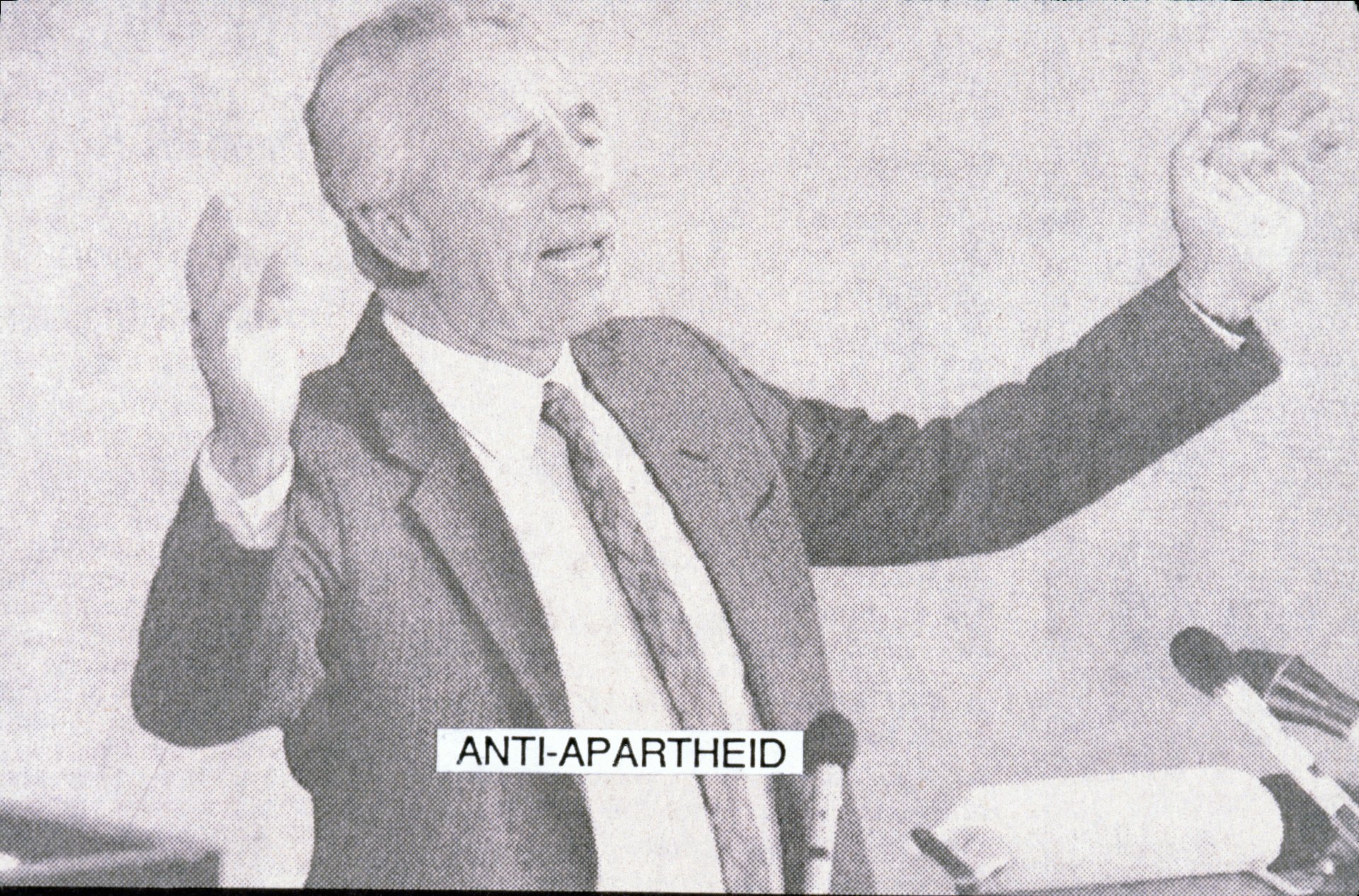
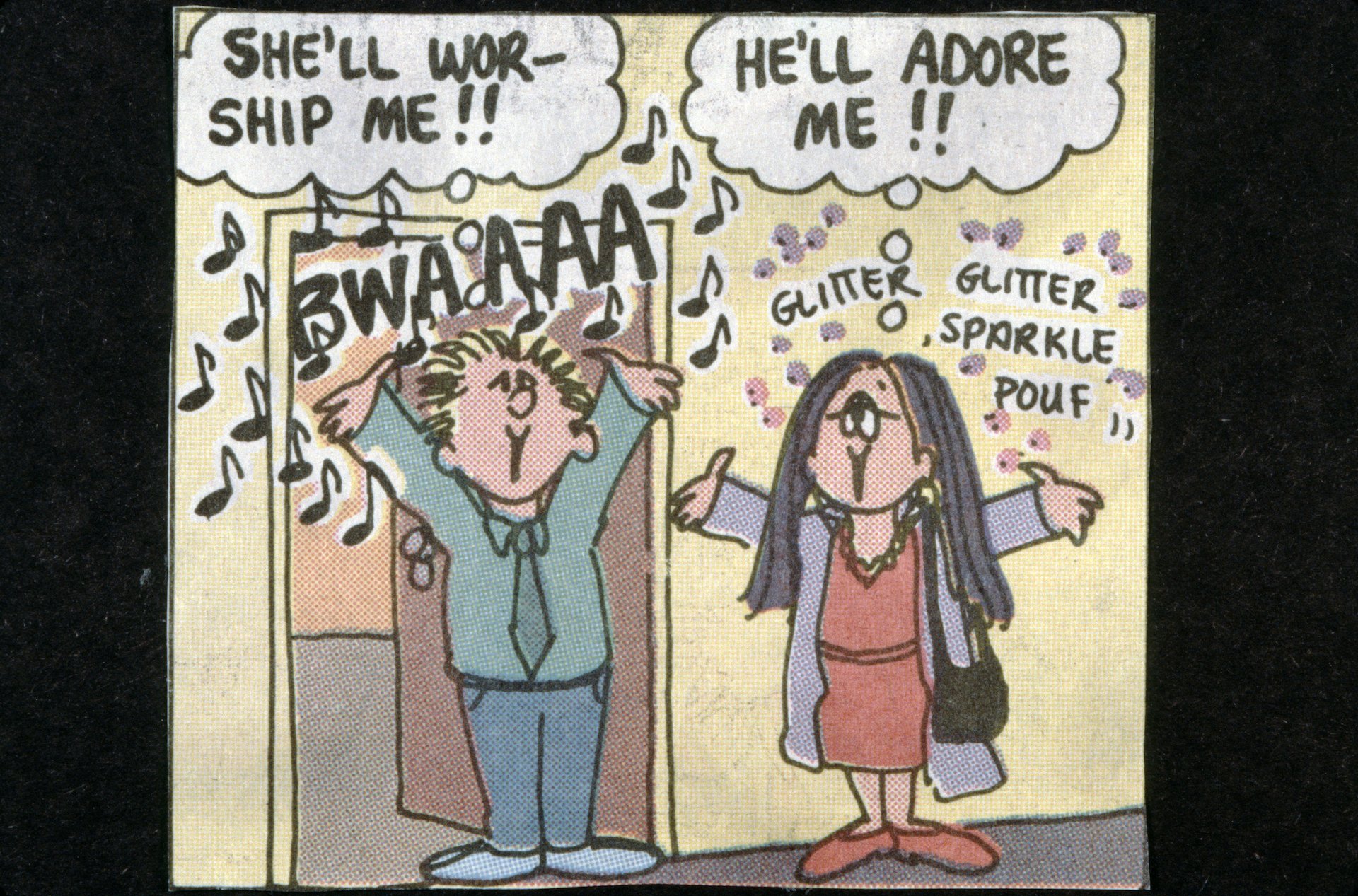
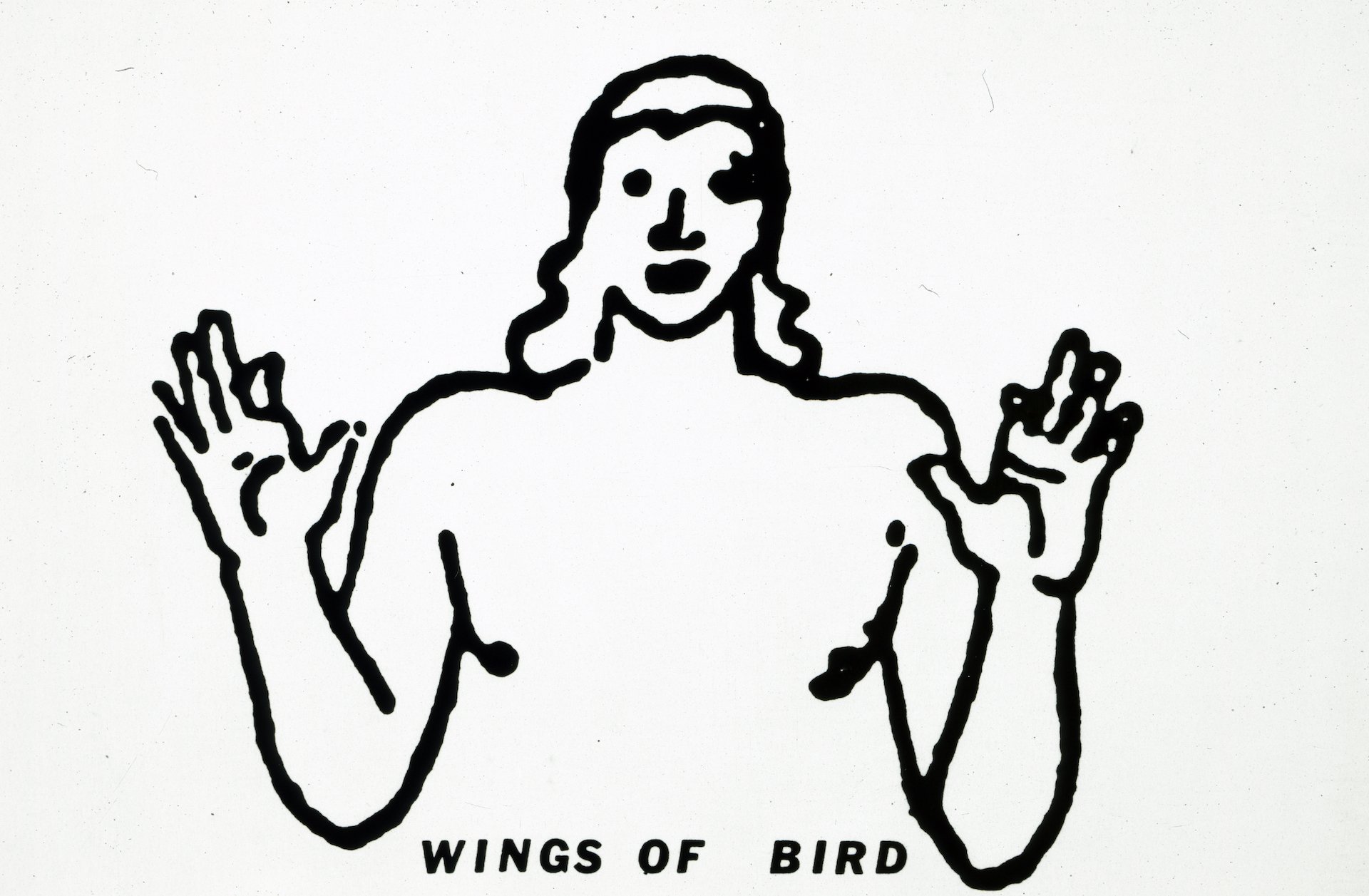
Selection of slides from Digital Mudra slideshow, 1987. 35mm slides.
The interactive element of the performance began with participants choosing three mudras from a set of 35 cards. They were then asked to compose a poem using their selected mudra words, which was then input into a computer program that projected them in an animated sequence, as though they were dancing. They then were directed to a “crystal ball” computer that, based on their selection, printed out a response in the form of a quotation from Bengali poet and philosopher Rabindranath Tagore (1861-1941).
Digital Mudra performance documentation at Kala Art Institute in Berkeley in 1987.
Digital Mudra was documented as a video (1988, above), and published as an artist’s book (1988) with an illustrated explanatory booklet, a set of 35 cards, and a diskette containing an interactive program that resembled the performance, asking viewers to choose mudras and compose a poem, which returned a message from Tagore.
Digital Mudra Artist's Book with Diskette, 1986. Photo collage and photocopy on paper, 5 1/4 inch floppy disk. Dimensions variable.
In 1989, Rapoport received a grant from the California Arts Council via Carl Loeffler and Fred Truck’s Art Com Electronic Network (ACEN) for the production of an online version of Digital Mudra. This was first published online in 1989, predating the World Wide Web protocol. The Web Art project now available on Rapoport’s site is an updated version re-published in 1998 to accommodate evolving technologies.
Rapoport published Digital Mudra Extended on her ArtBlog in 2010, correlating contemporary newspaper images with mudra gestures.
Digital Mudra would return to Kala Art Institute, Berkeley, in 2011 as part of Spaces of Life, Sonya Rapoport’s retrospective exhibition.















